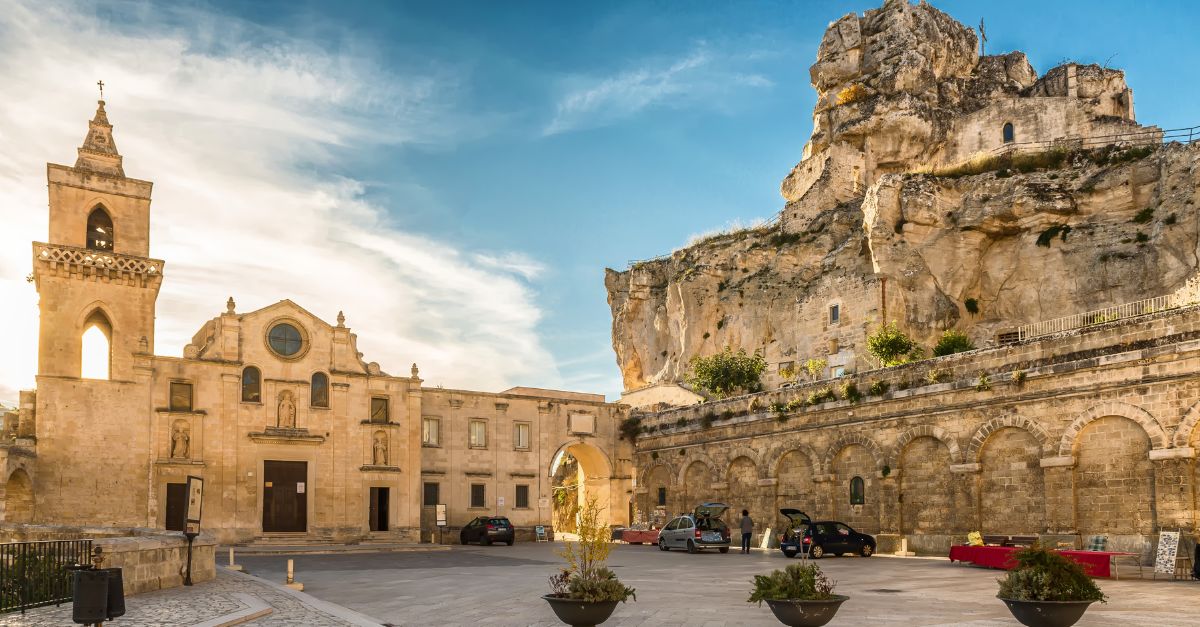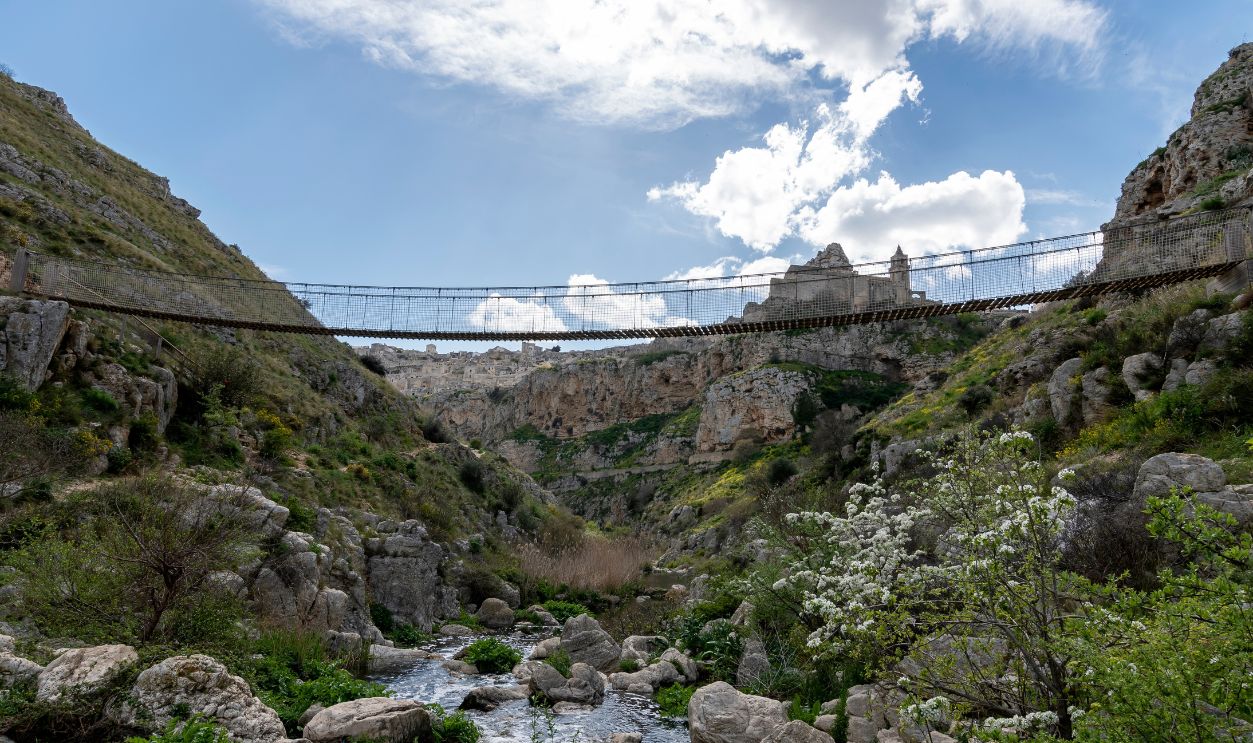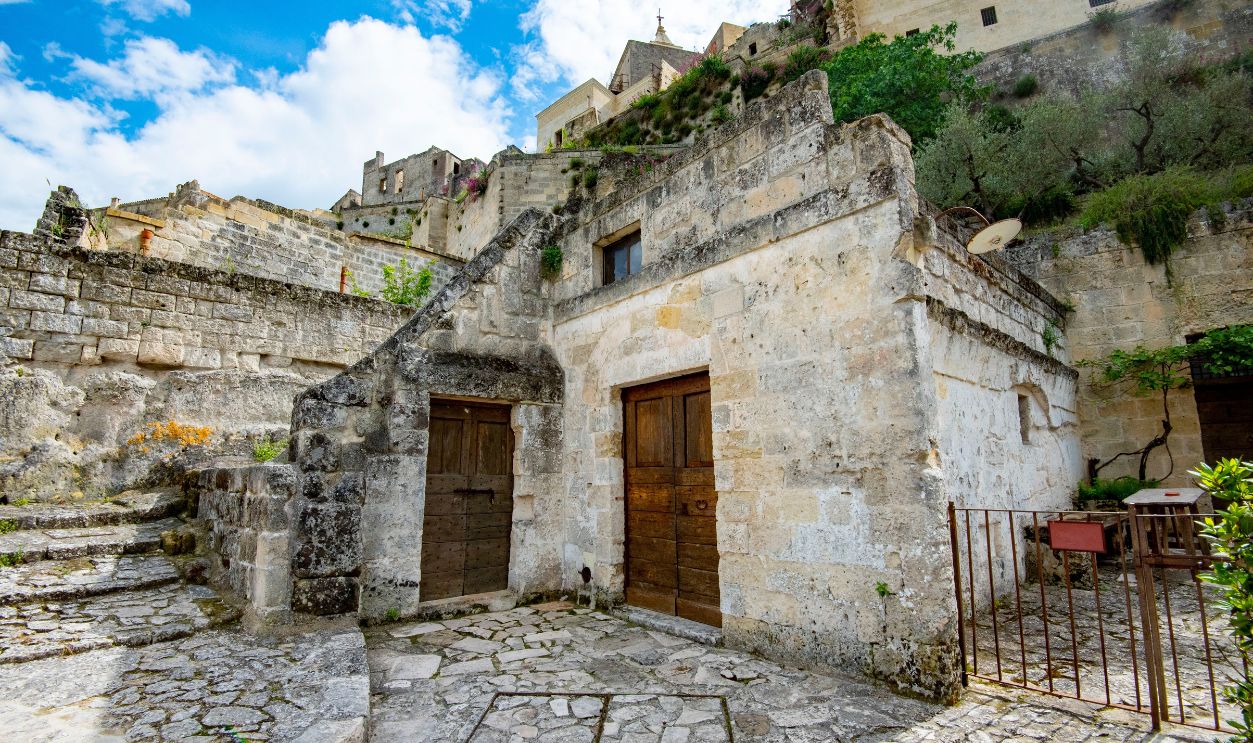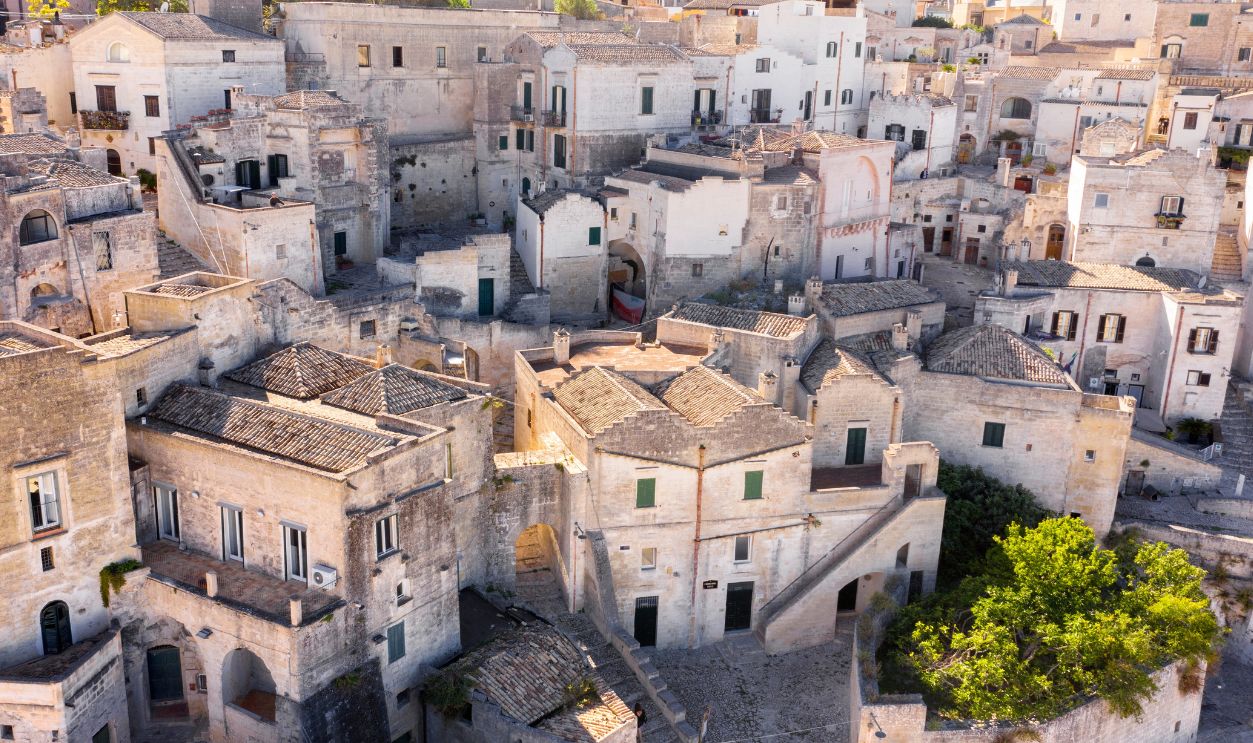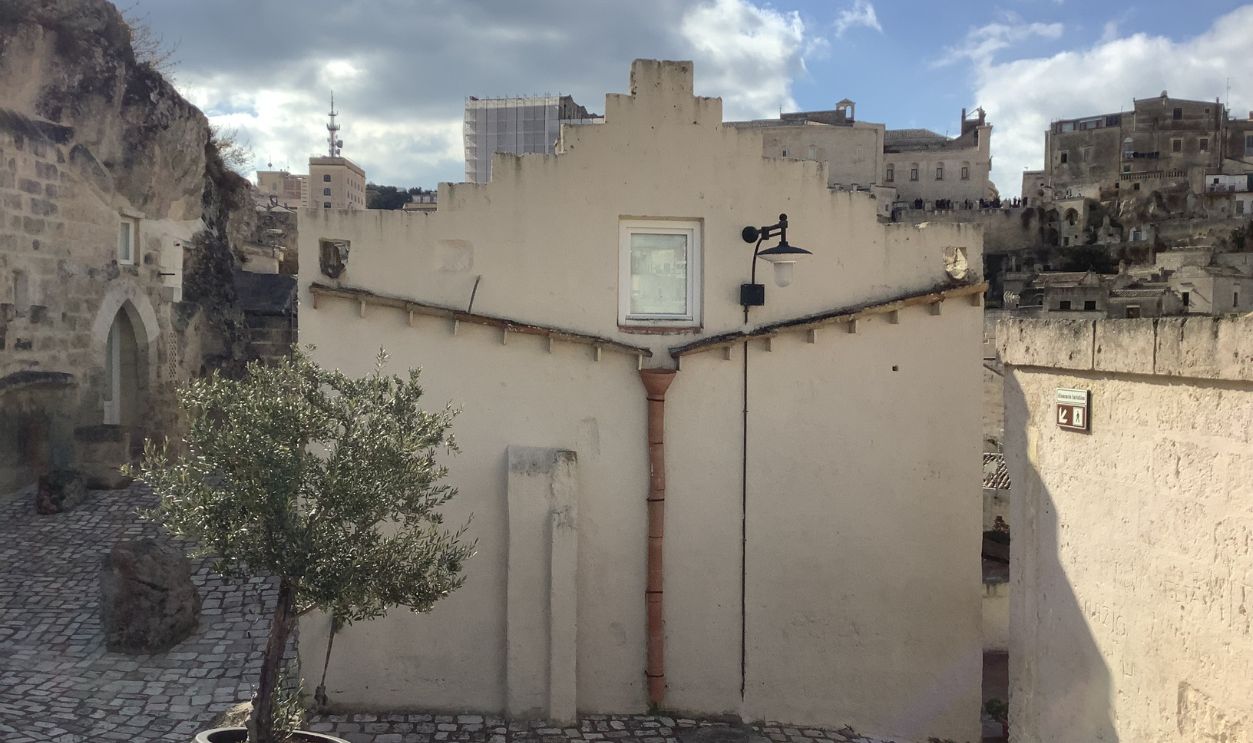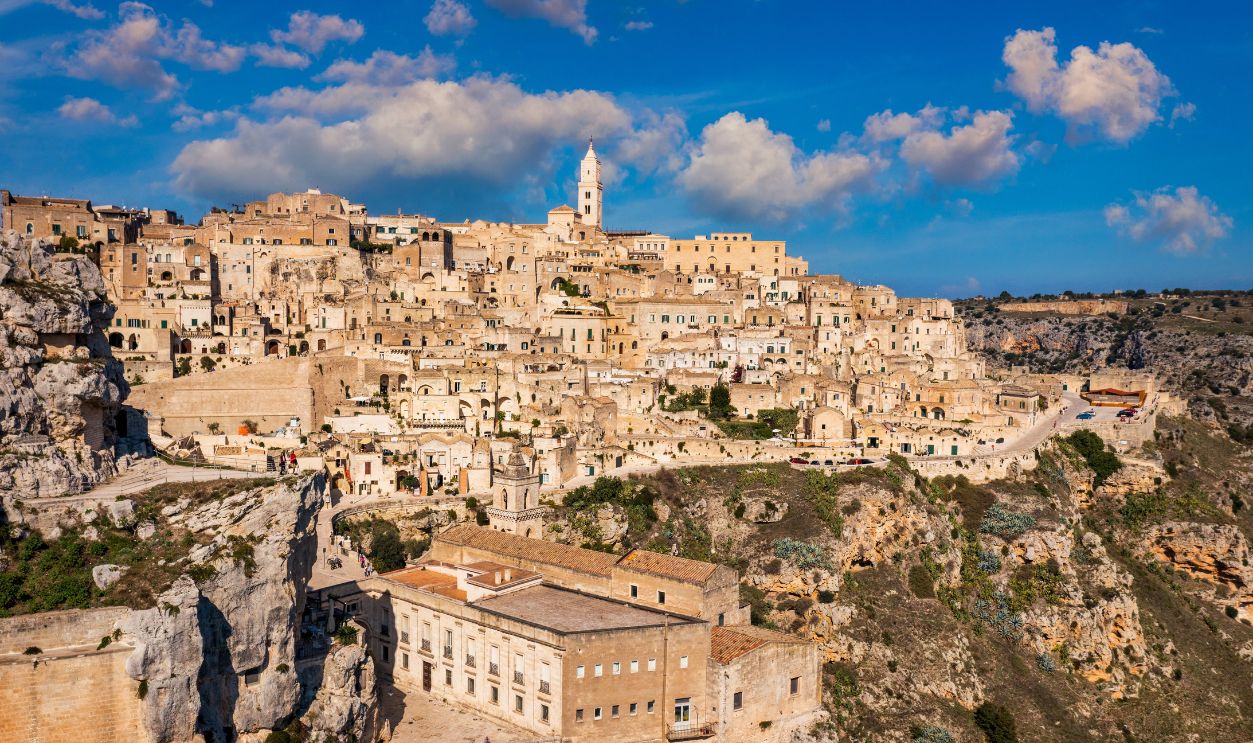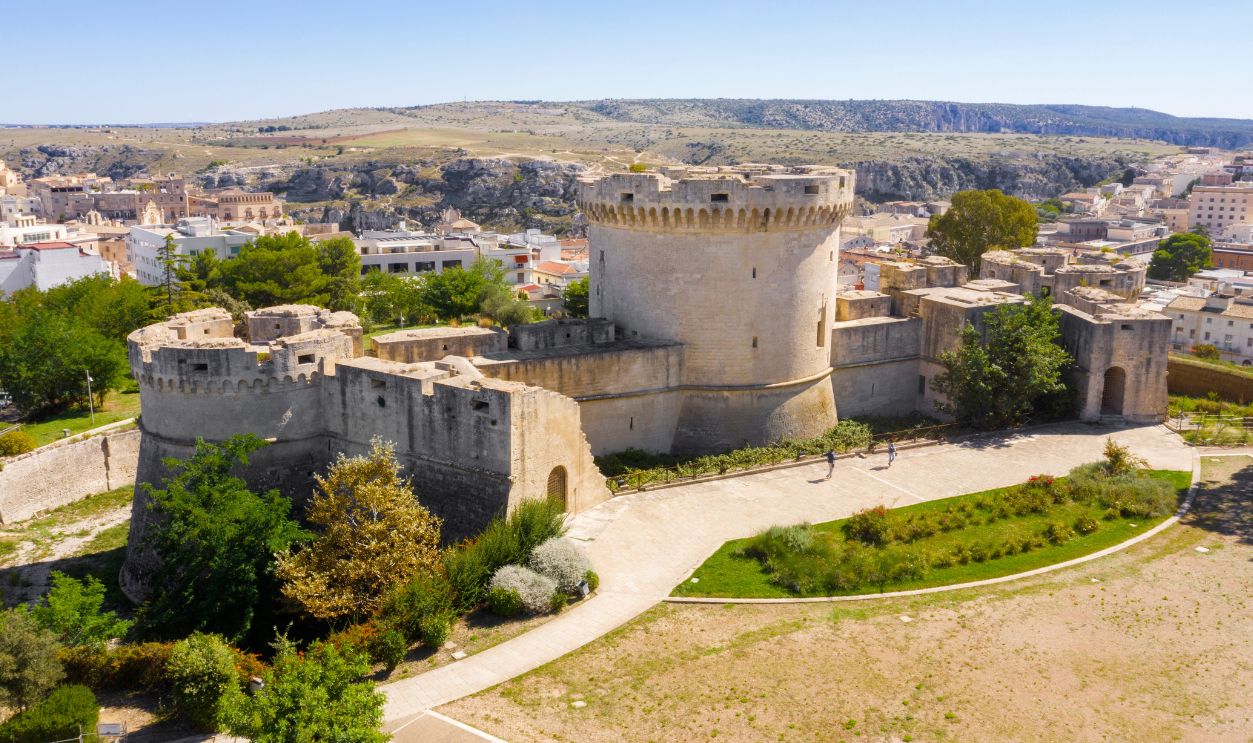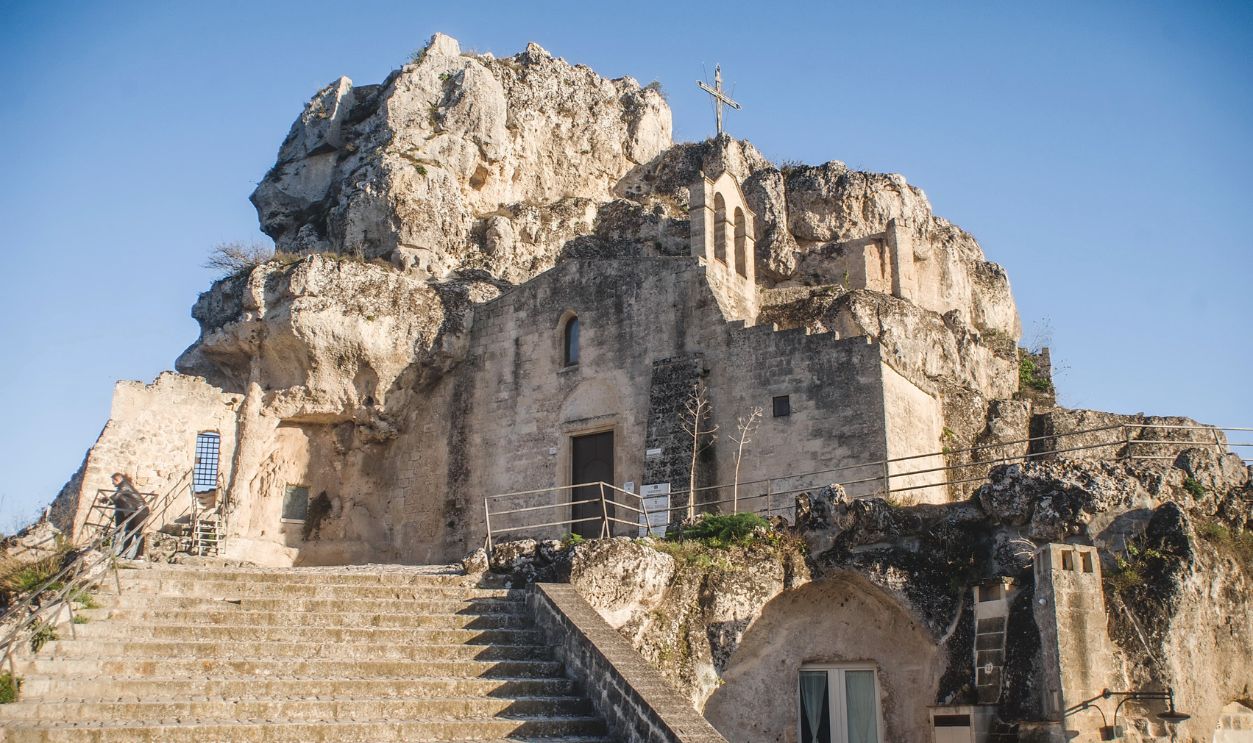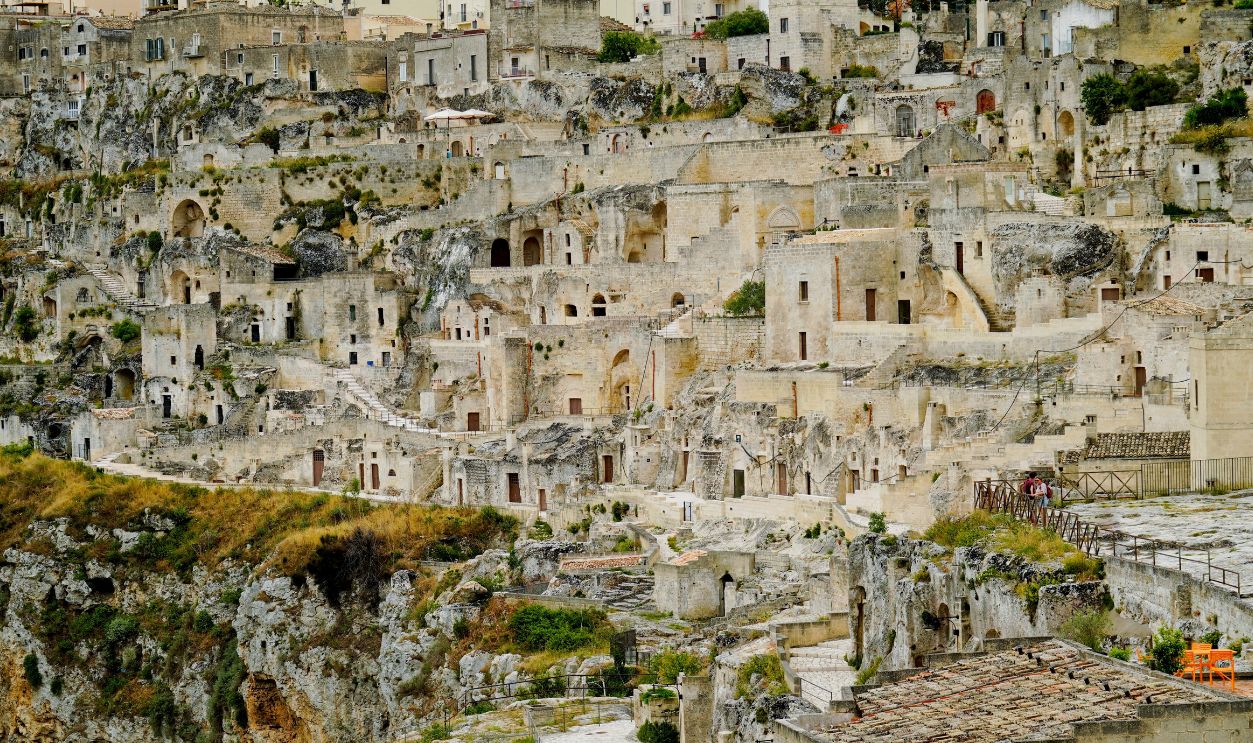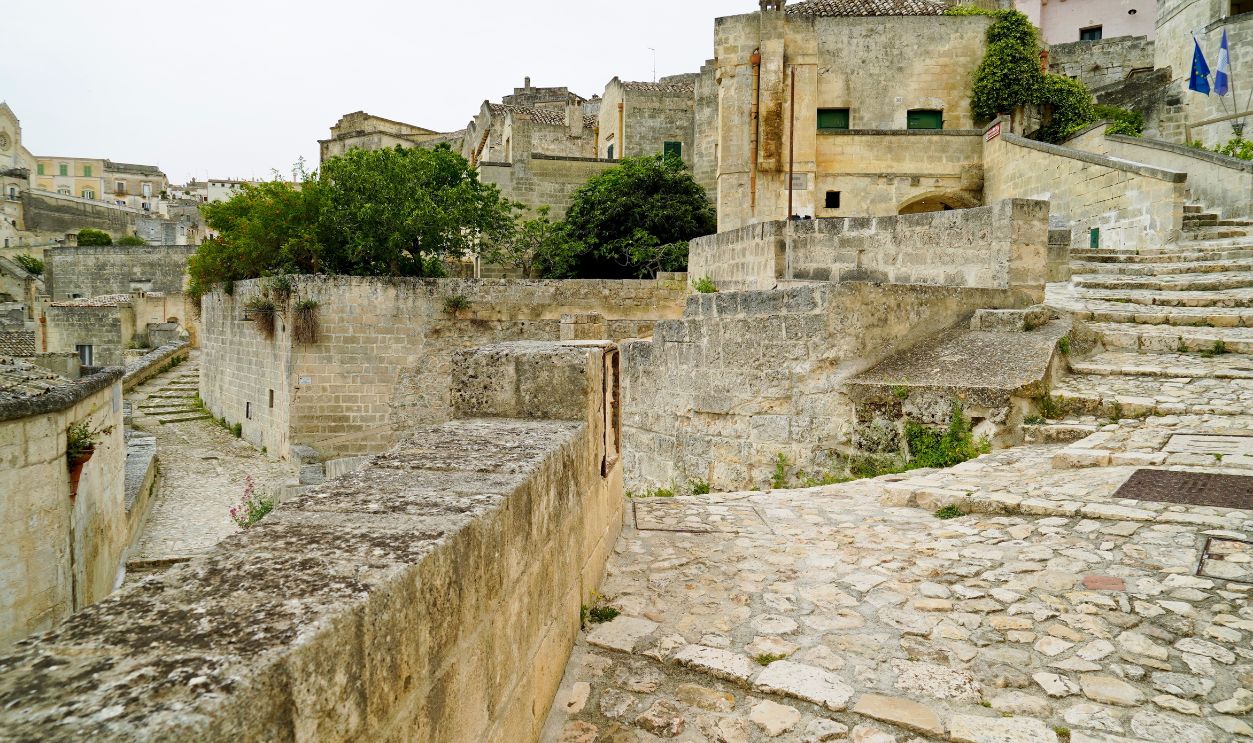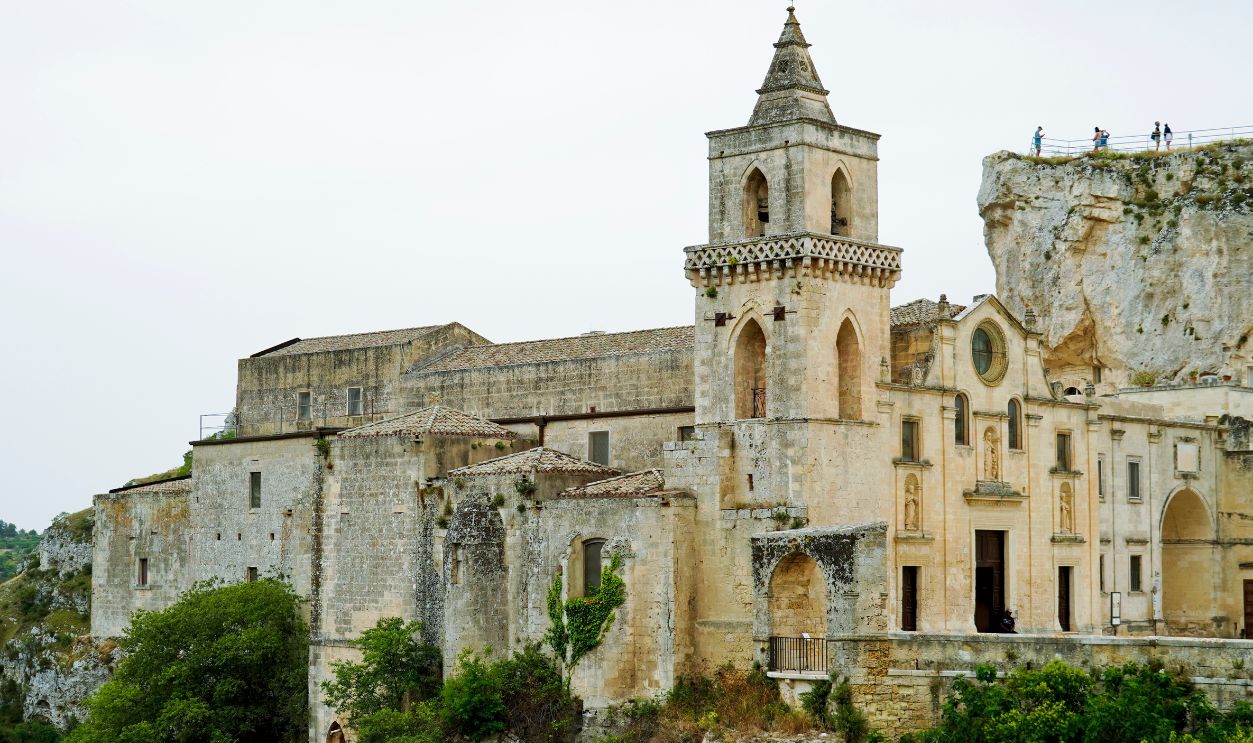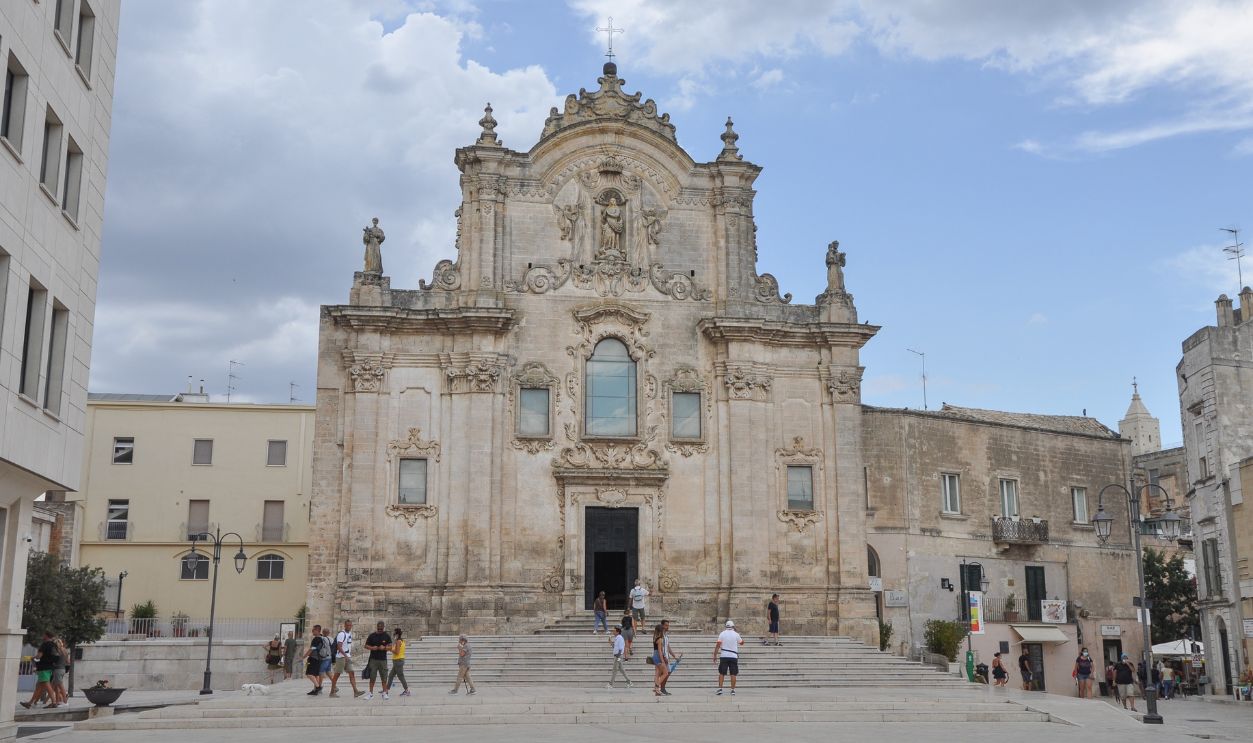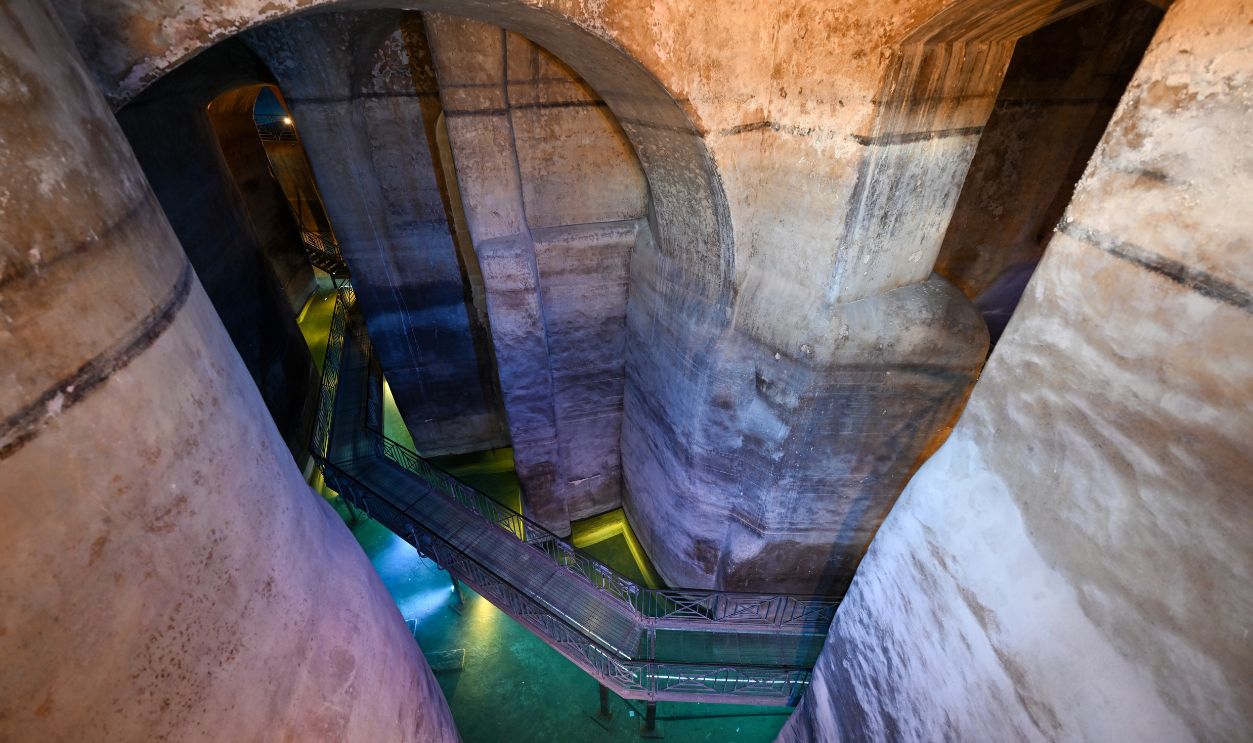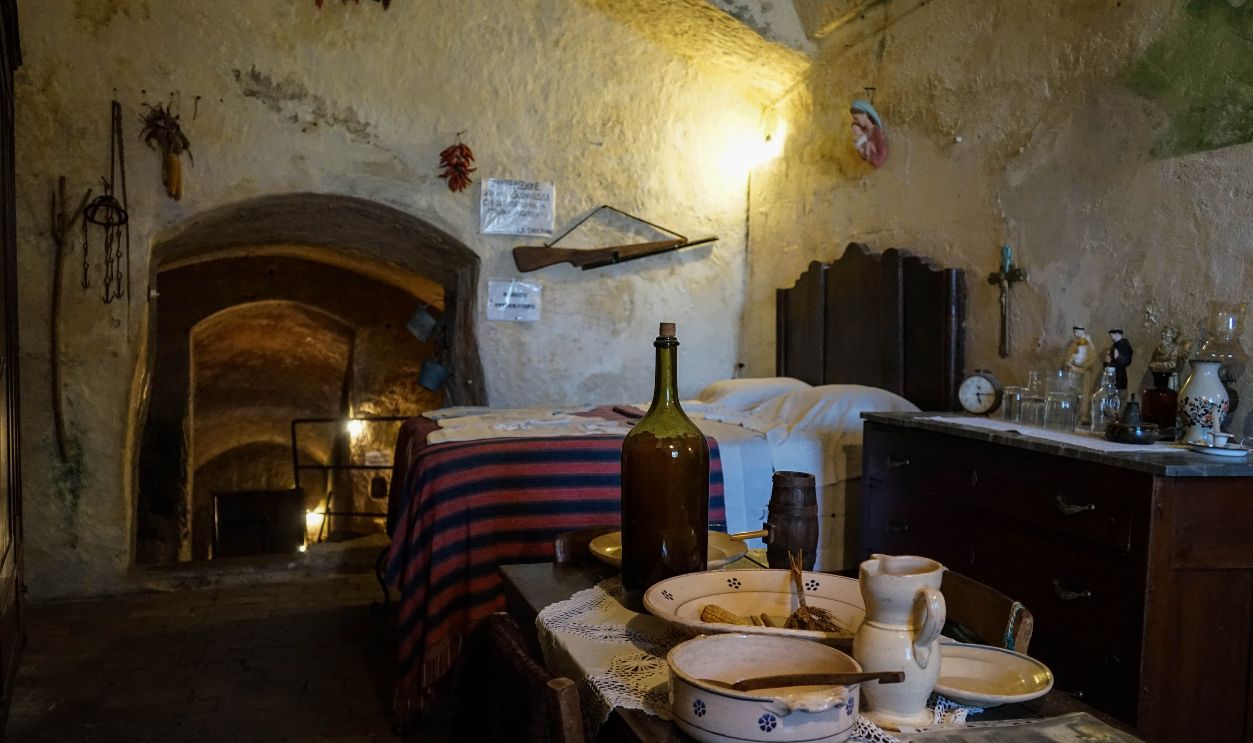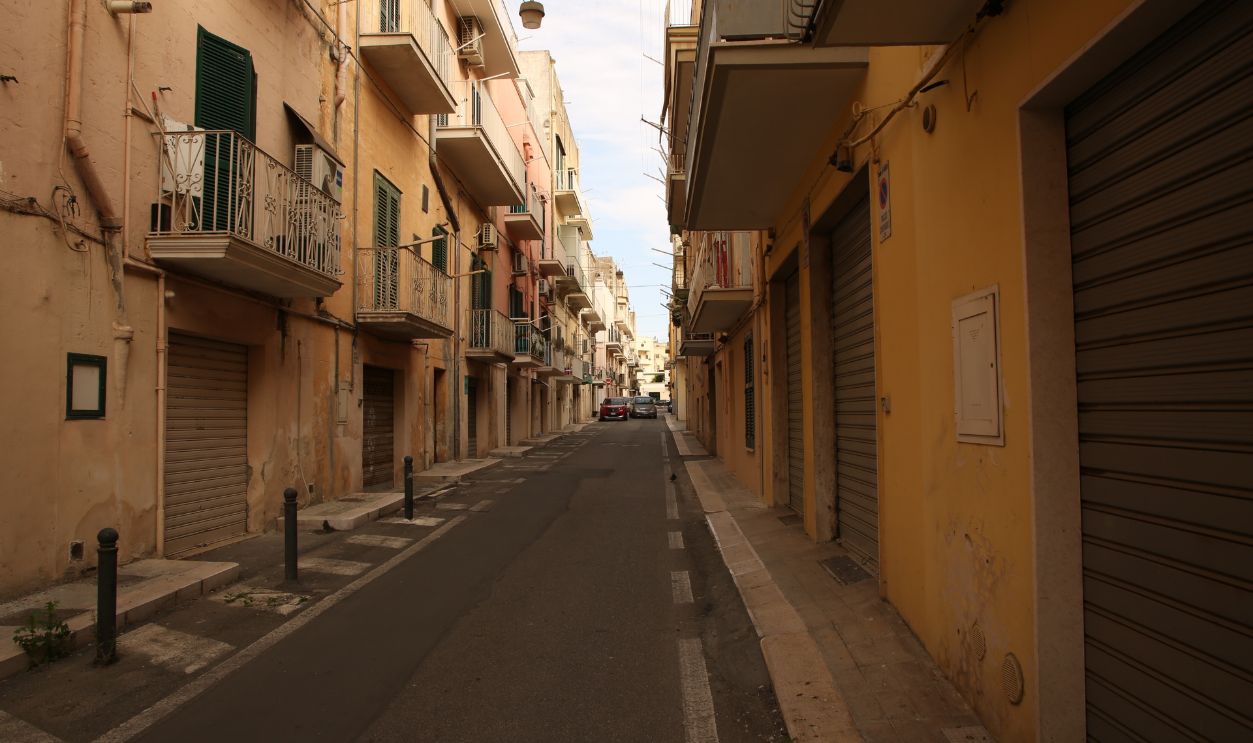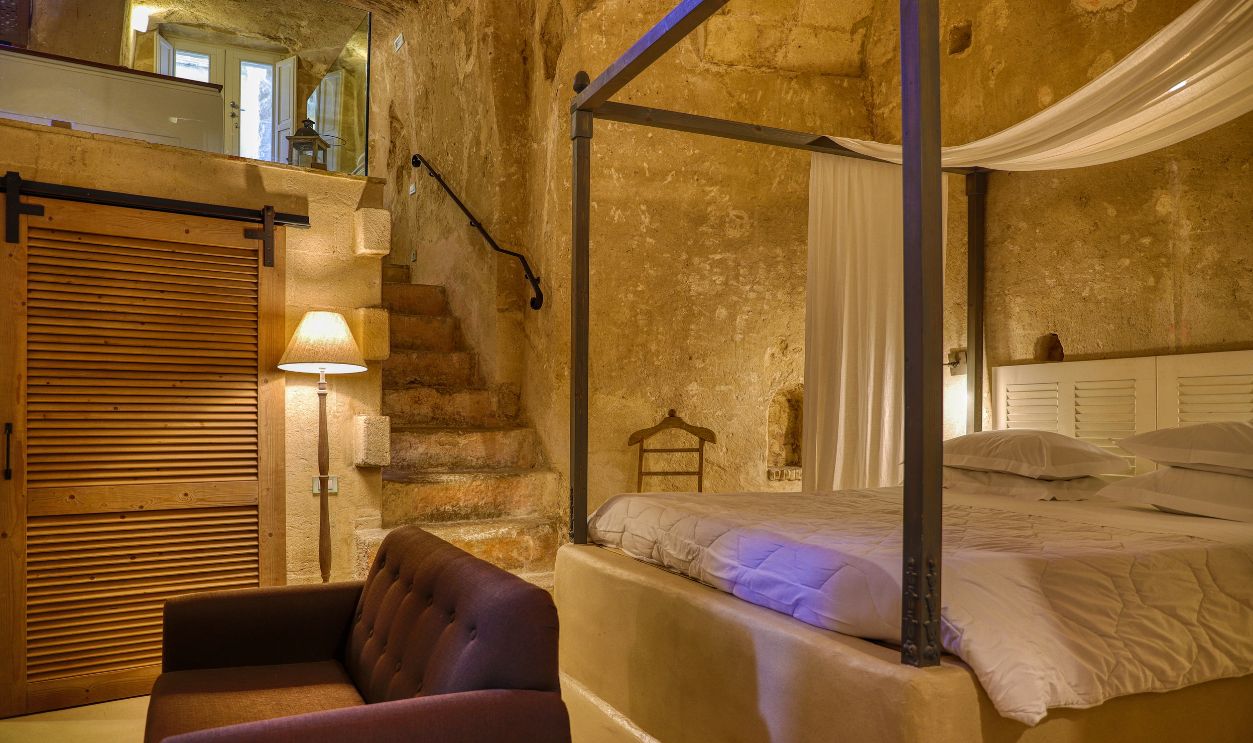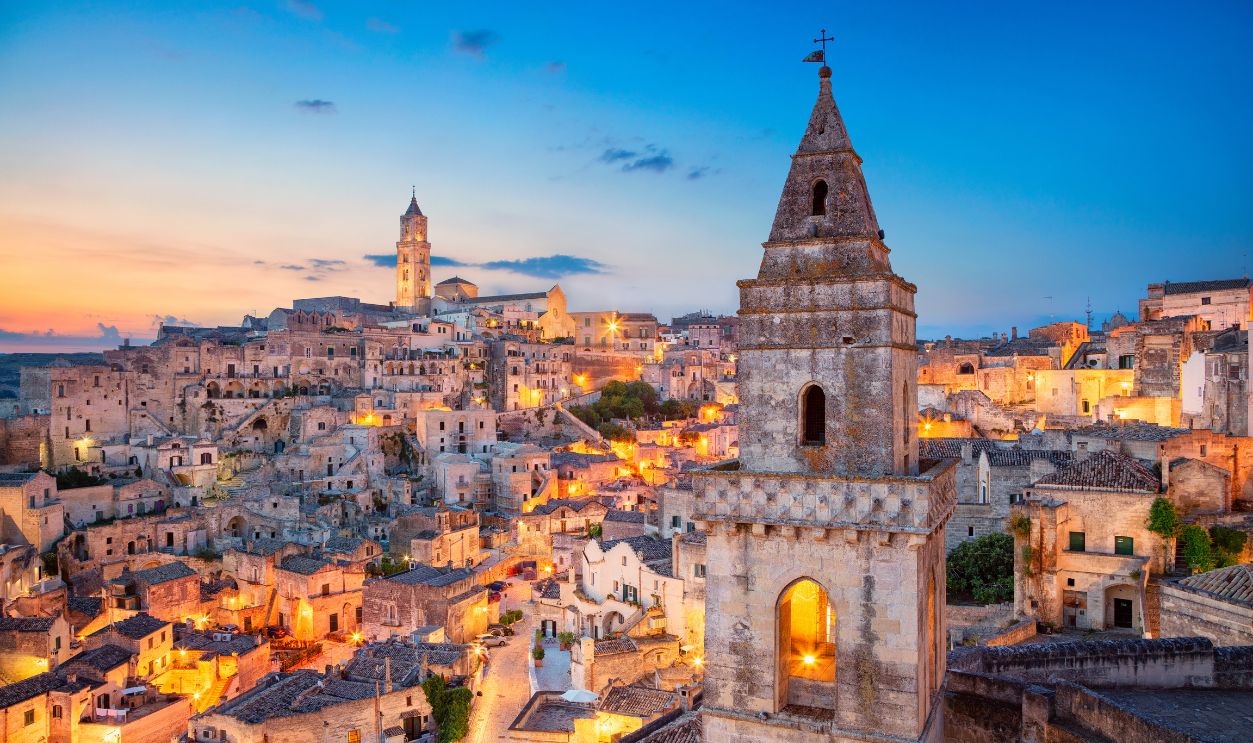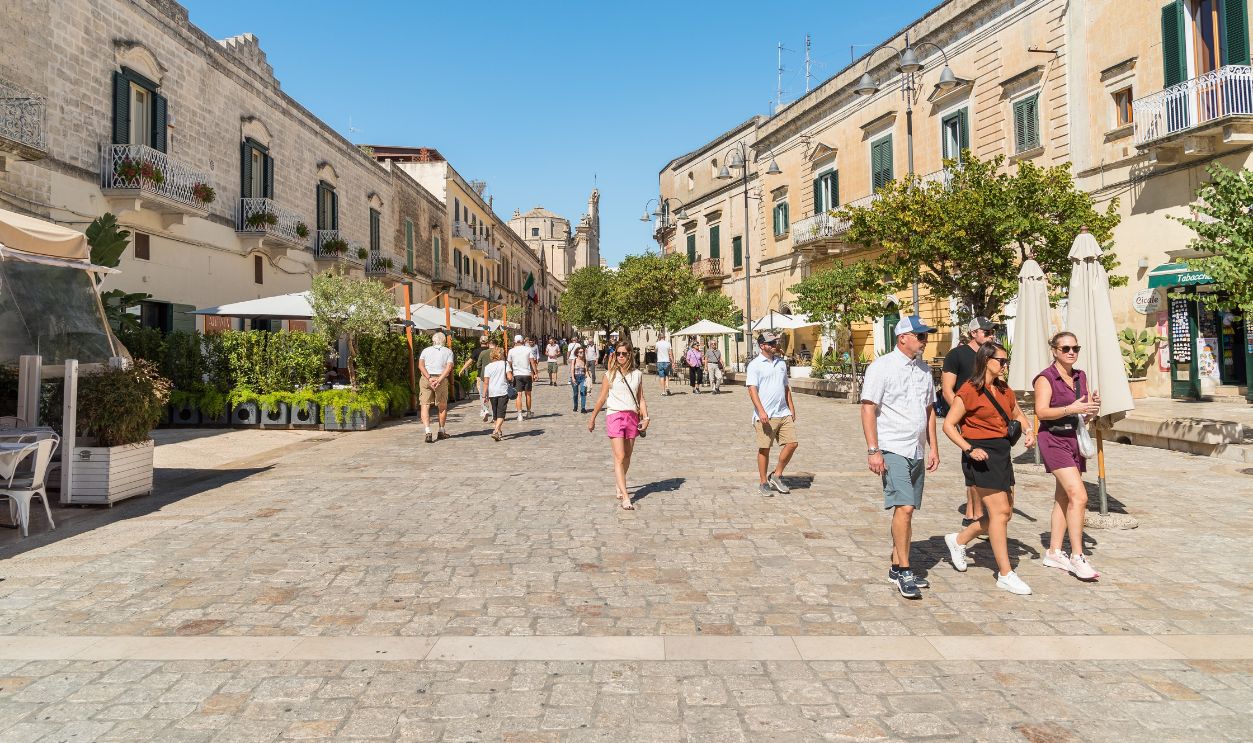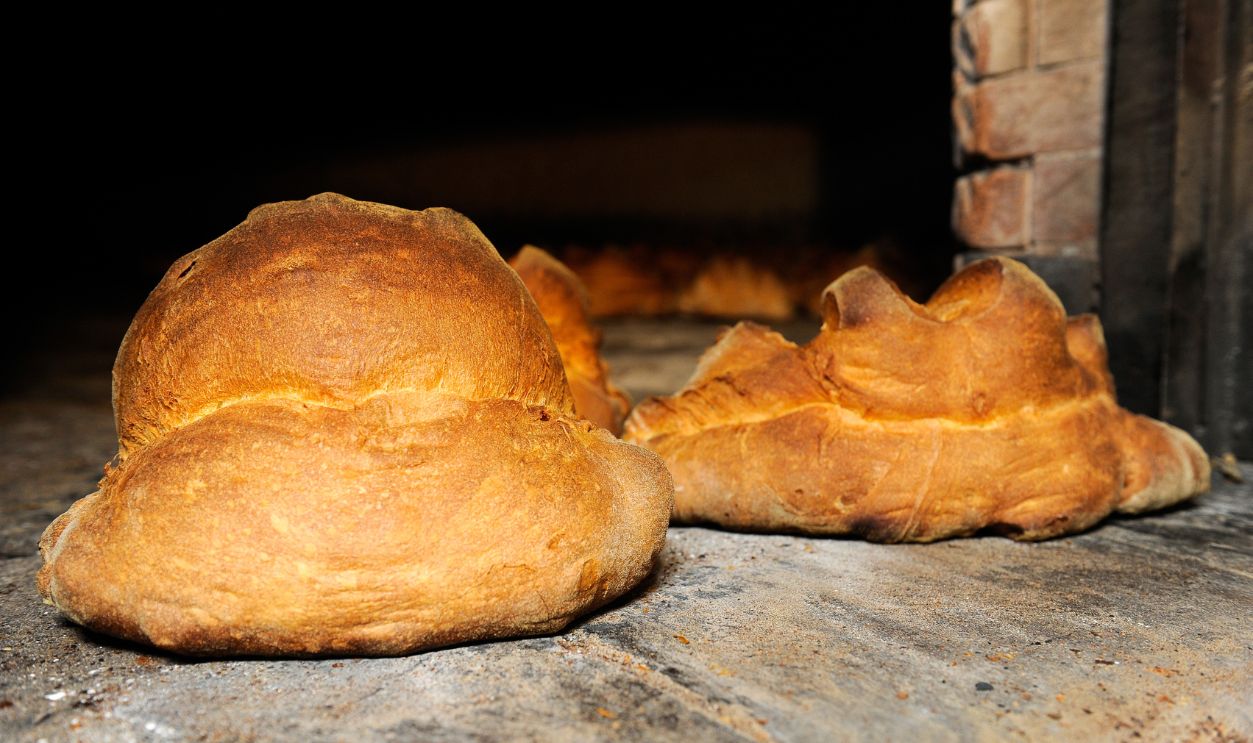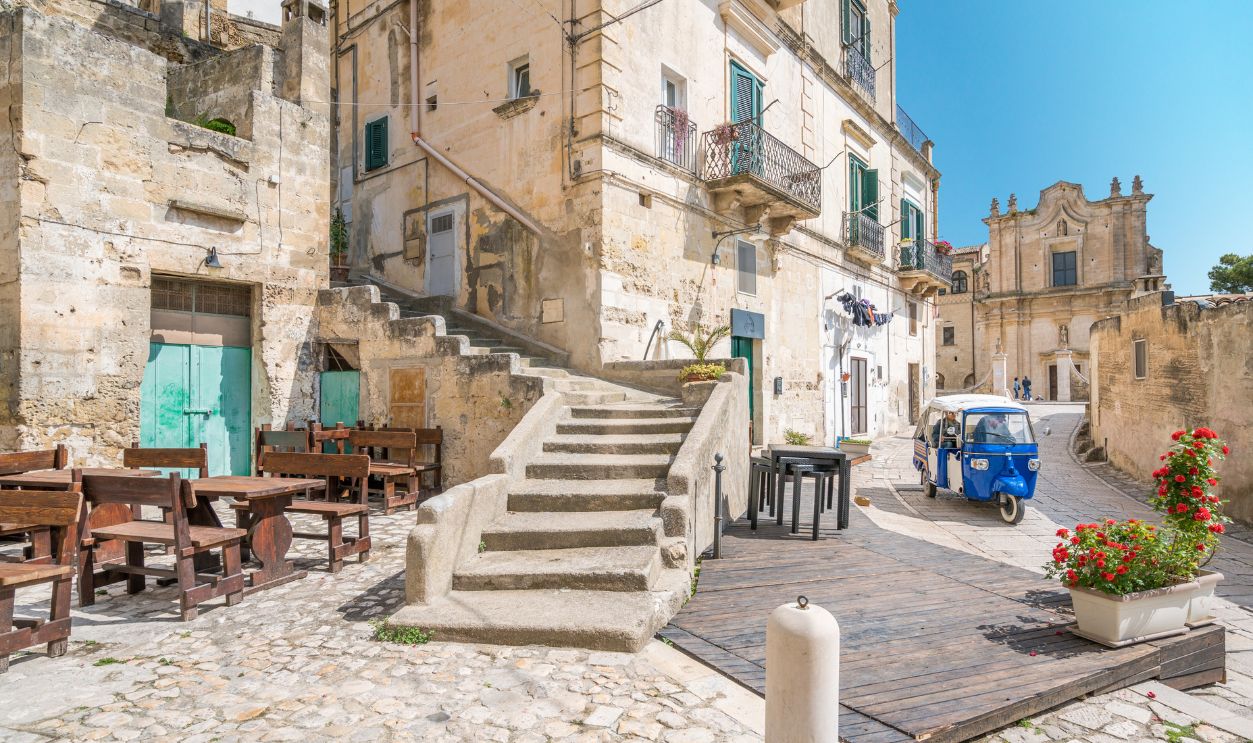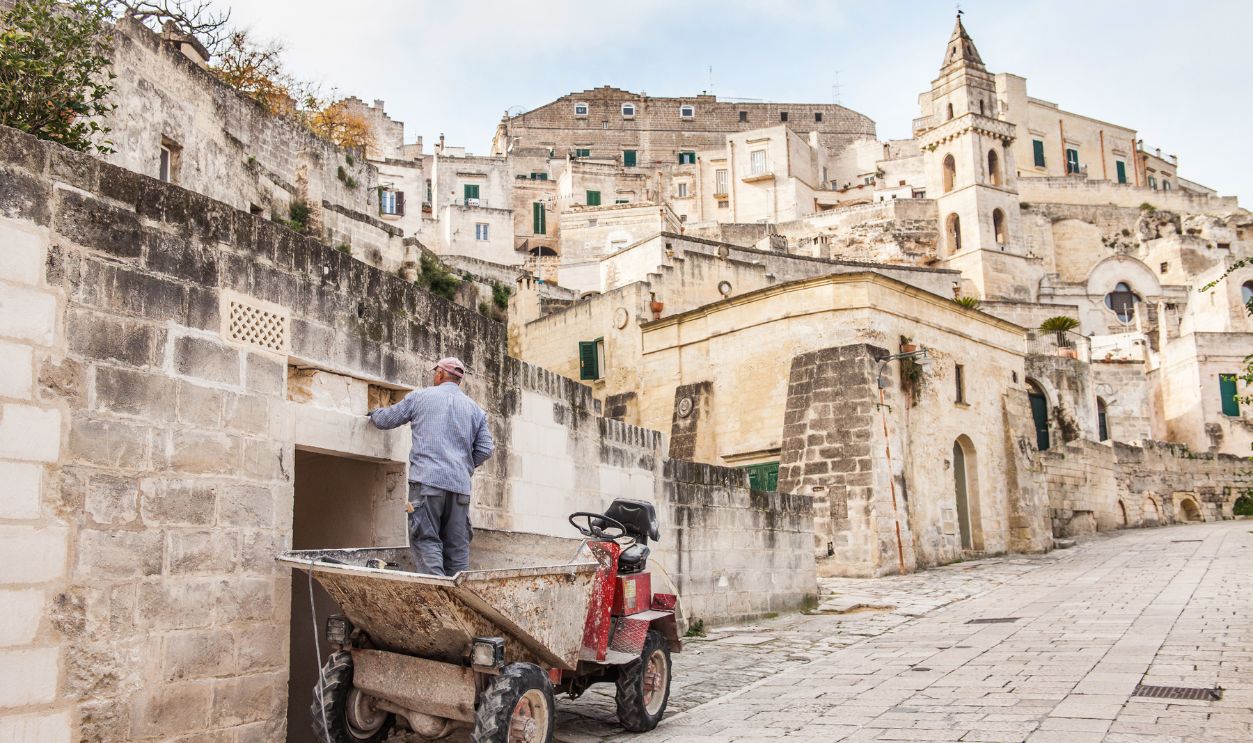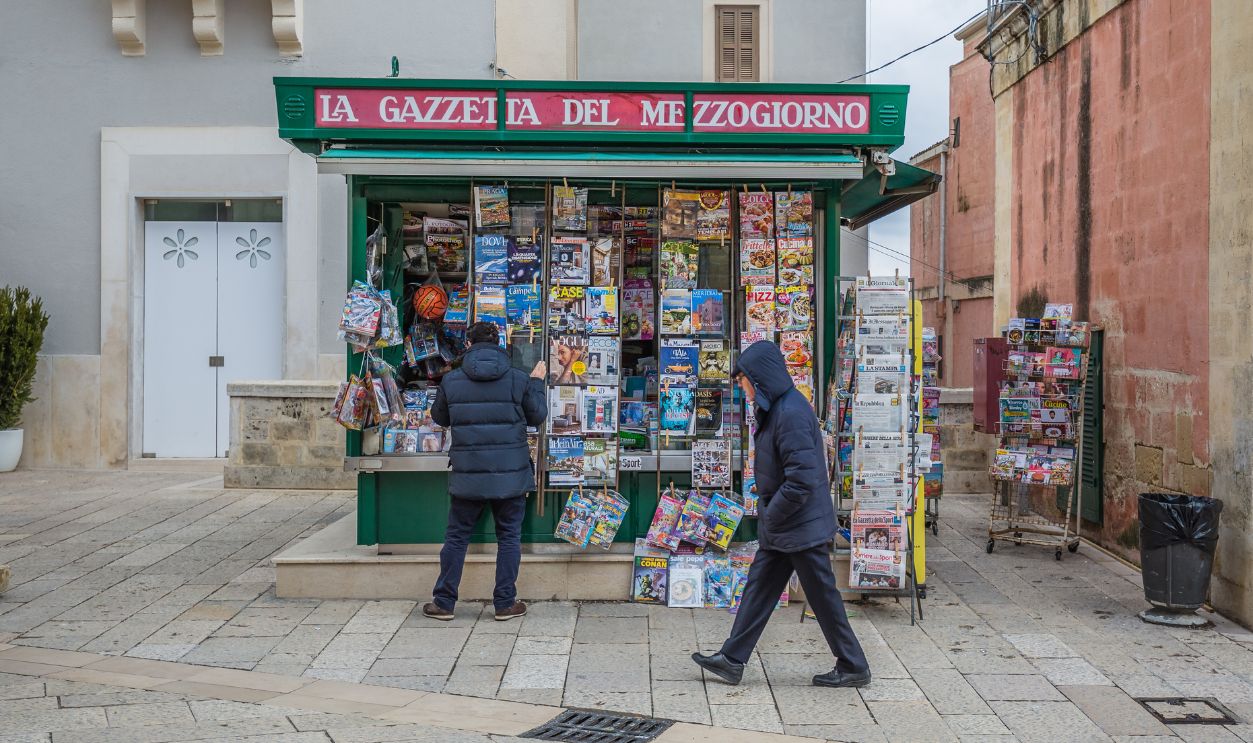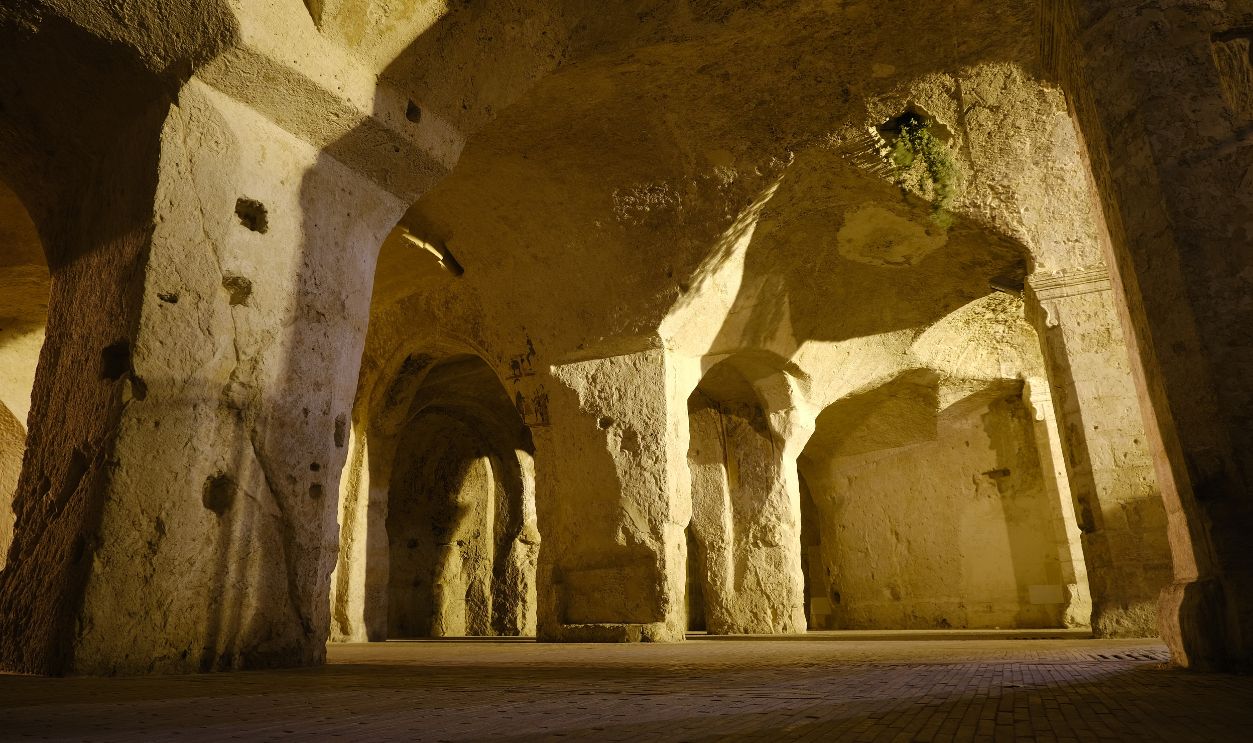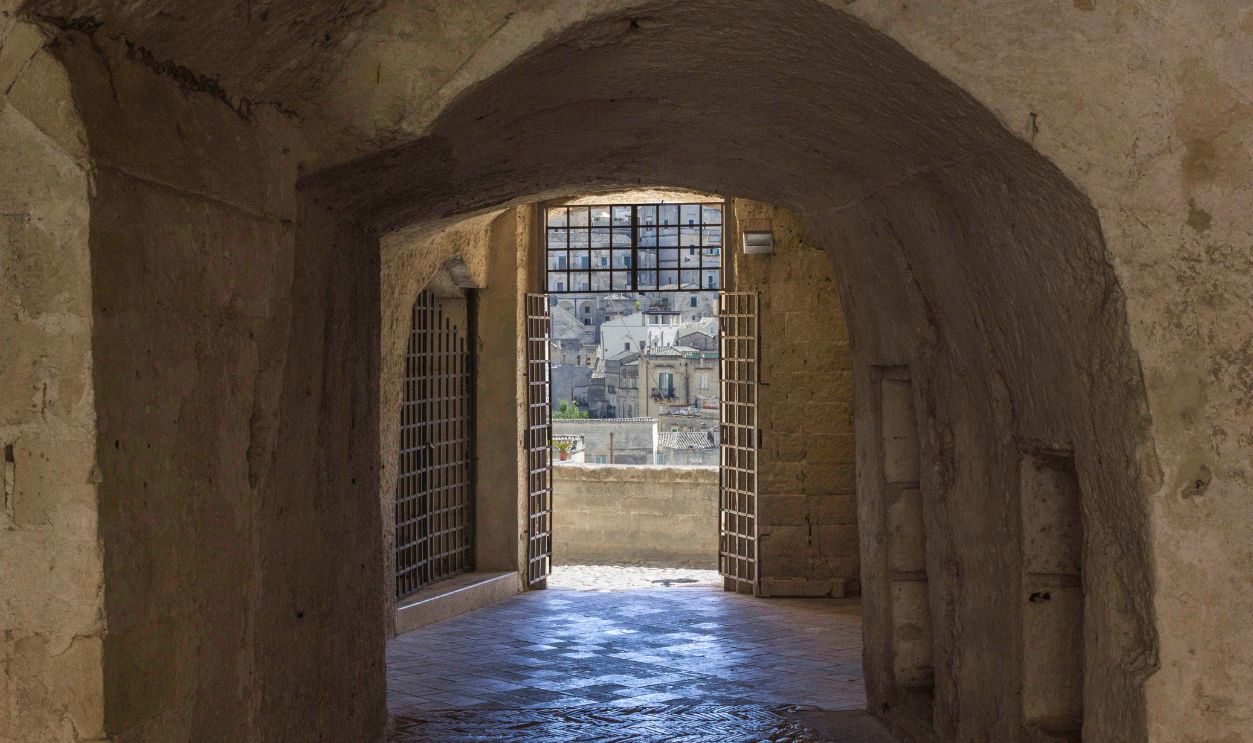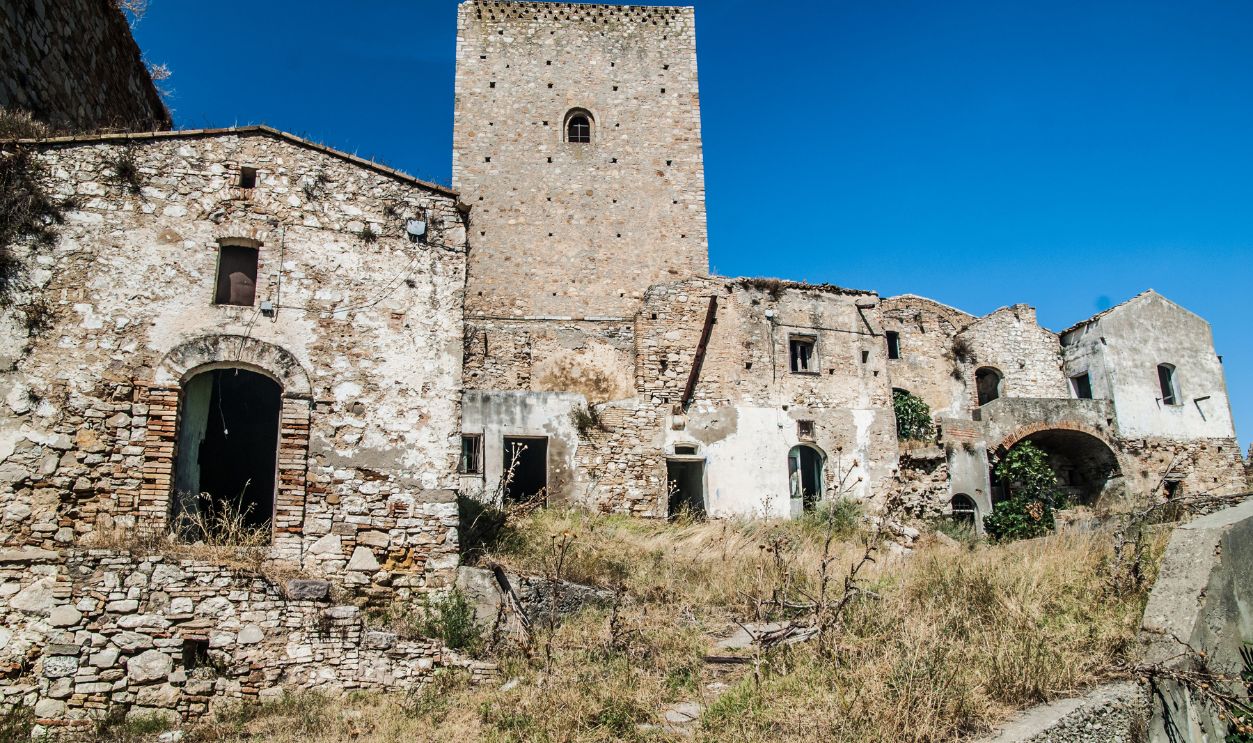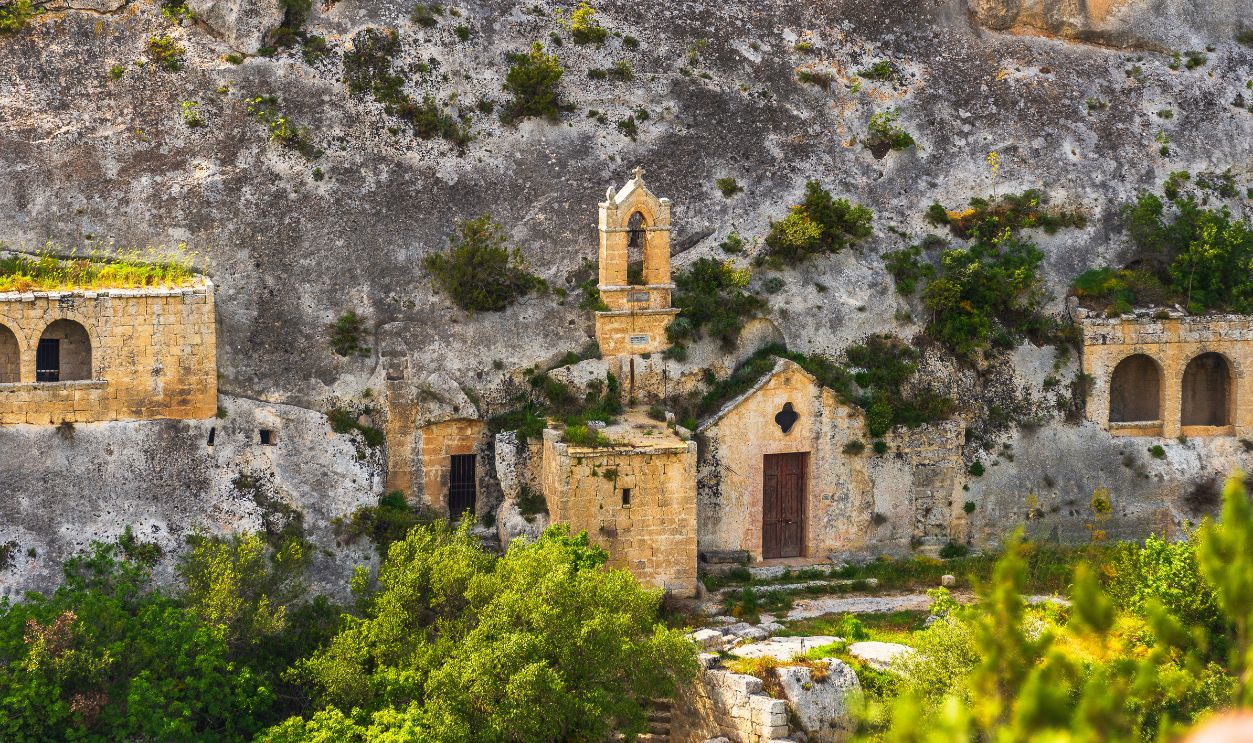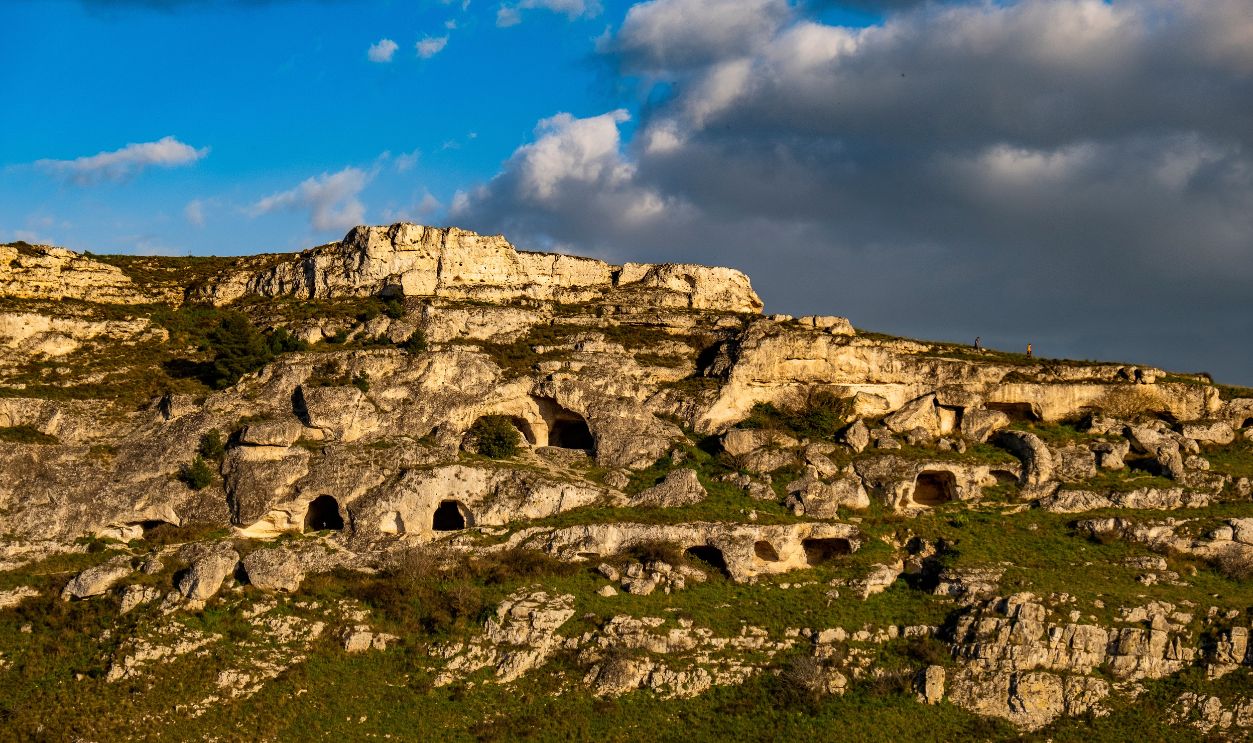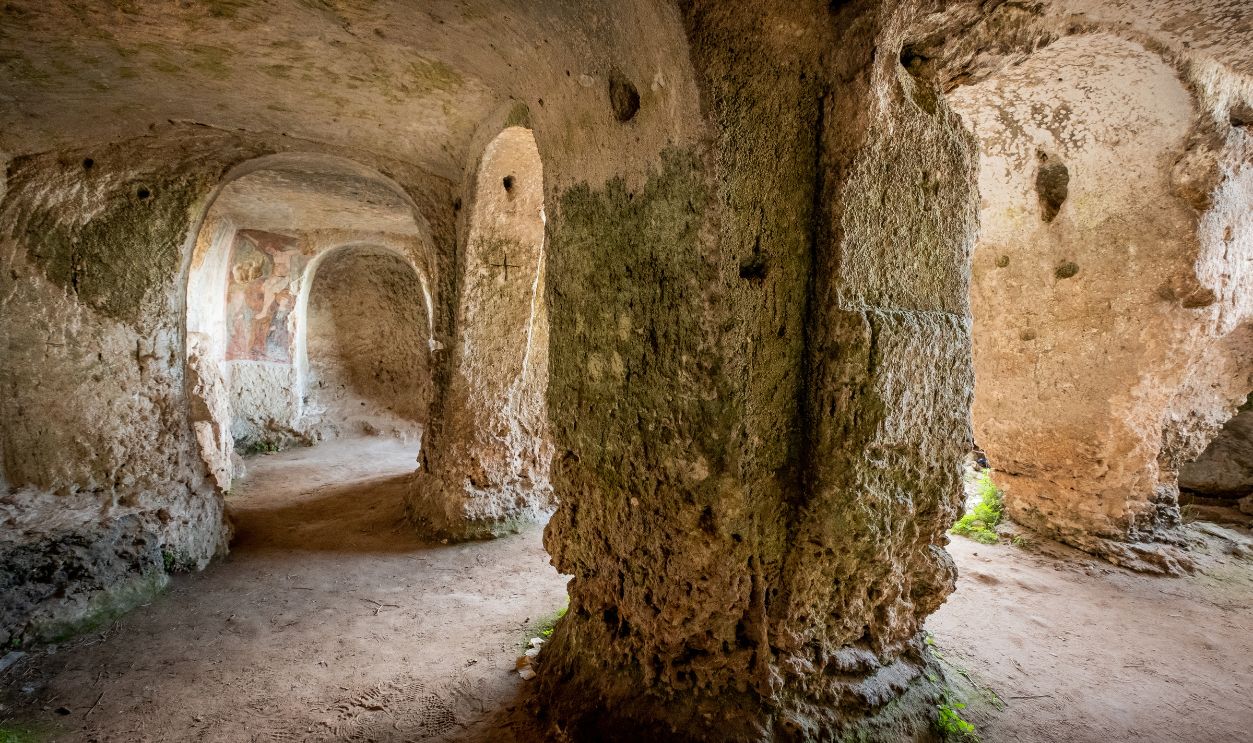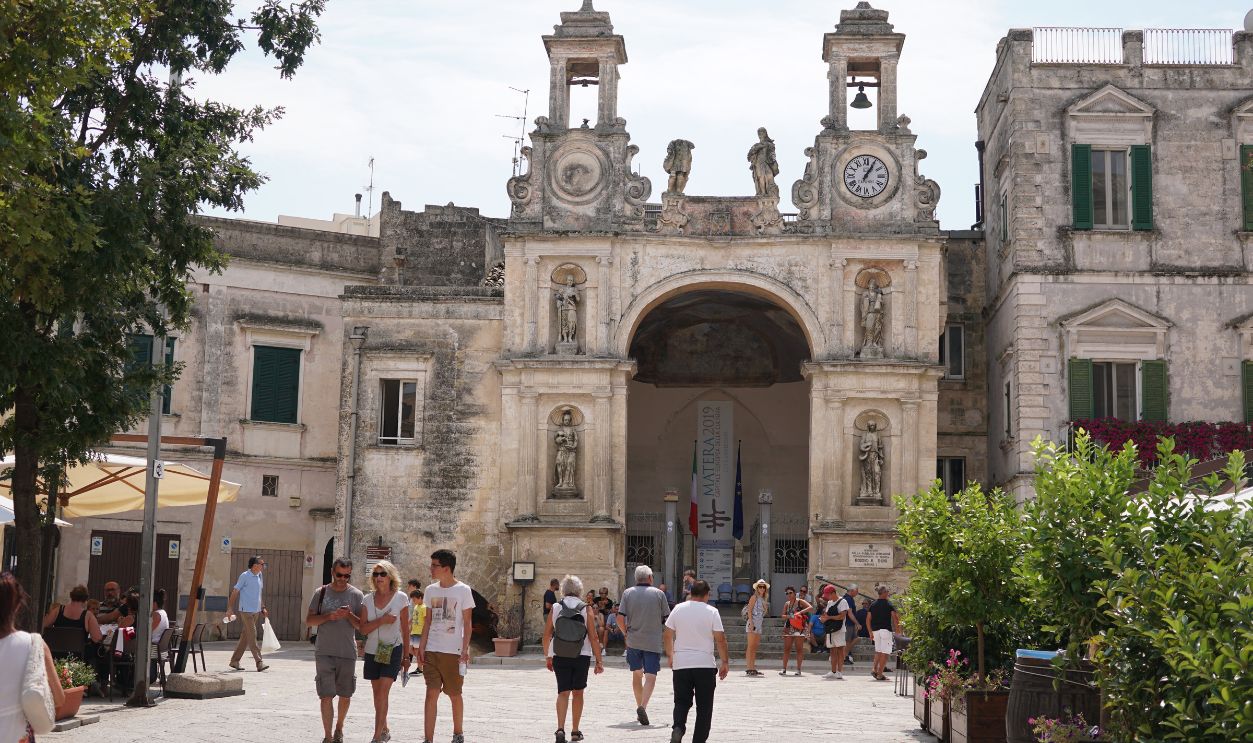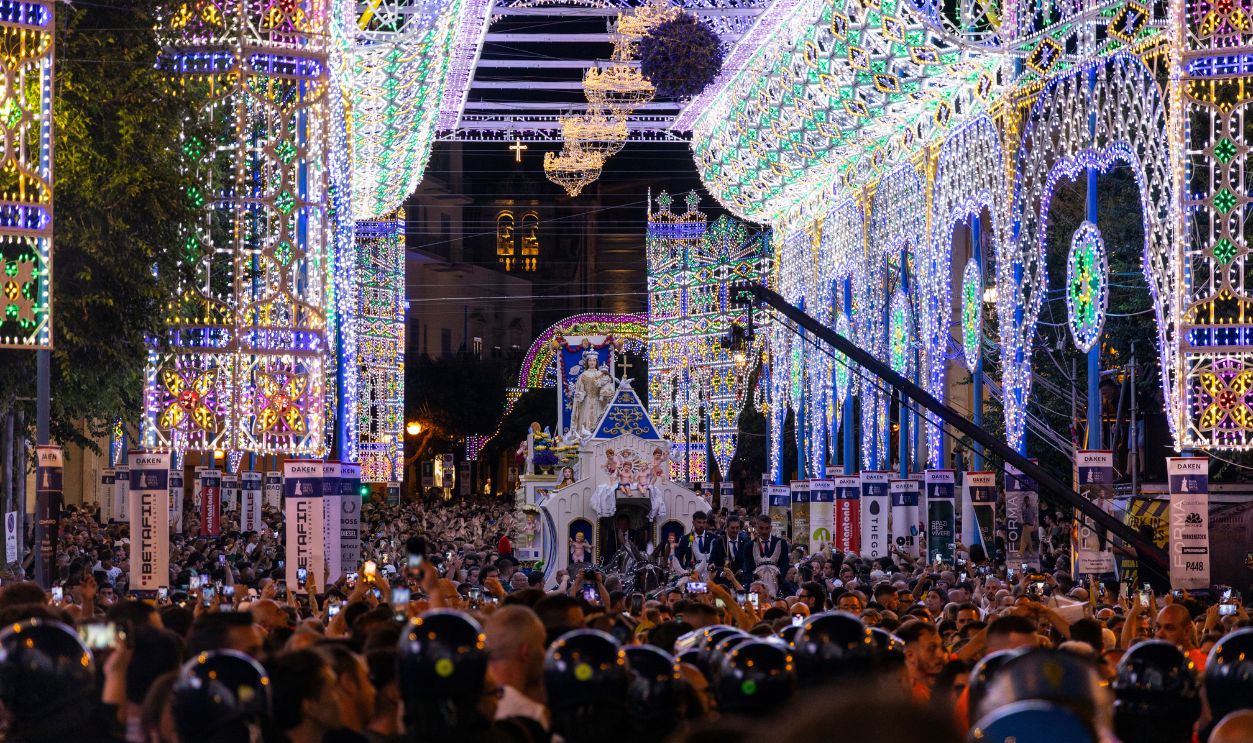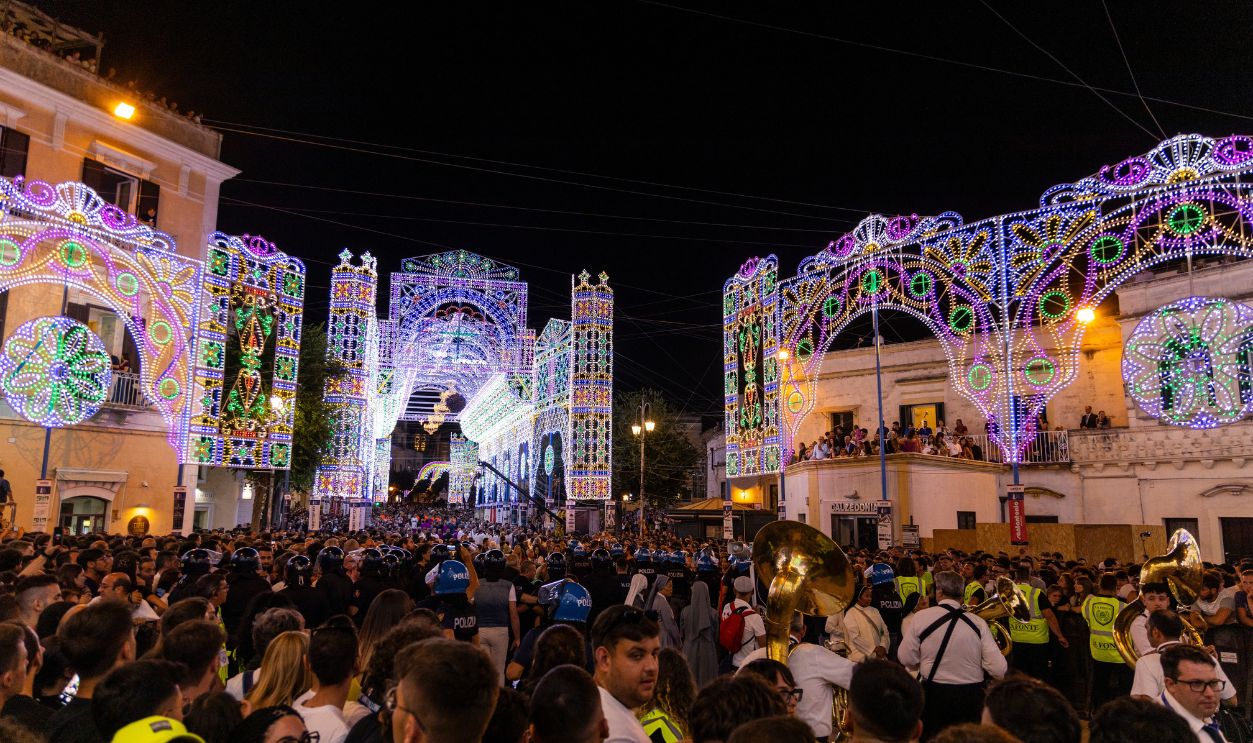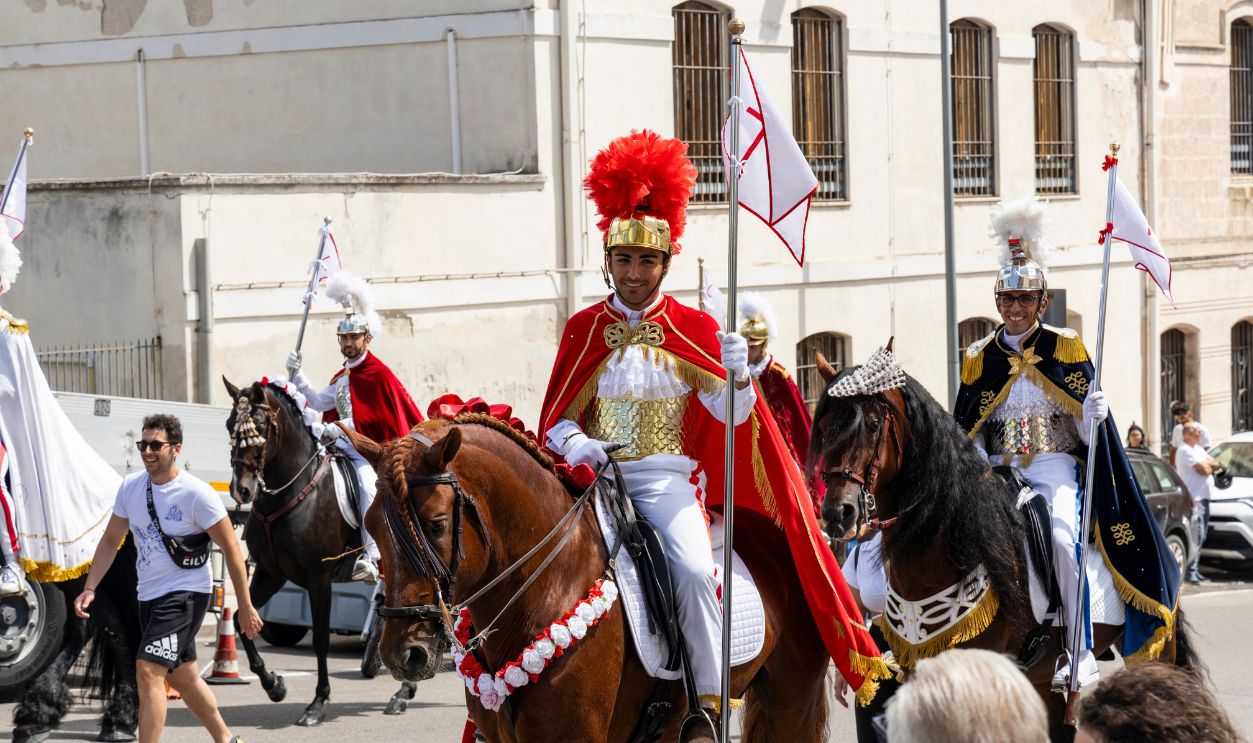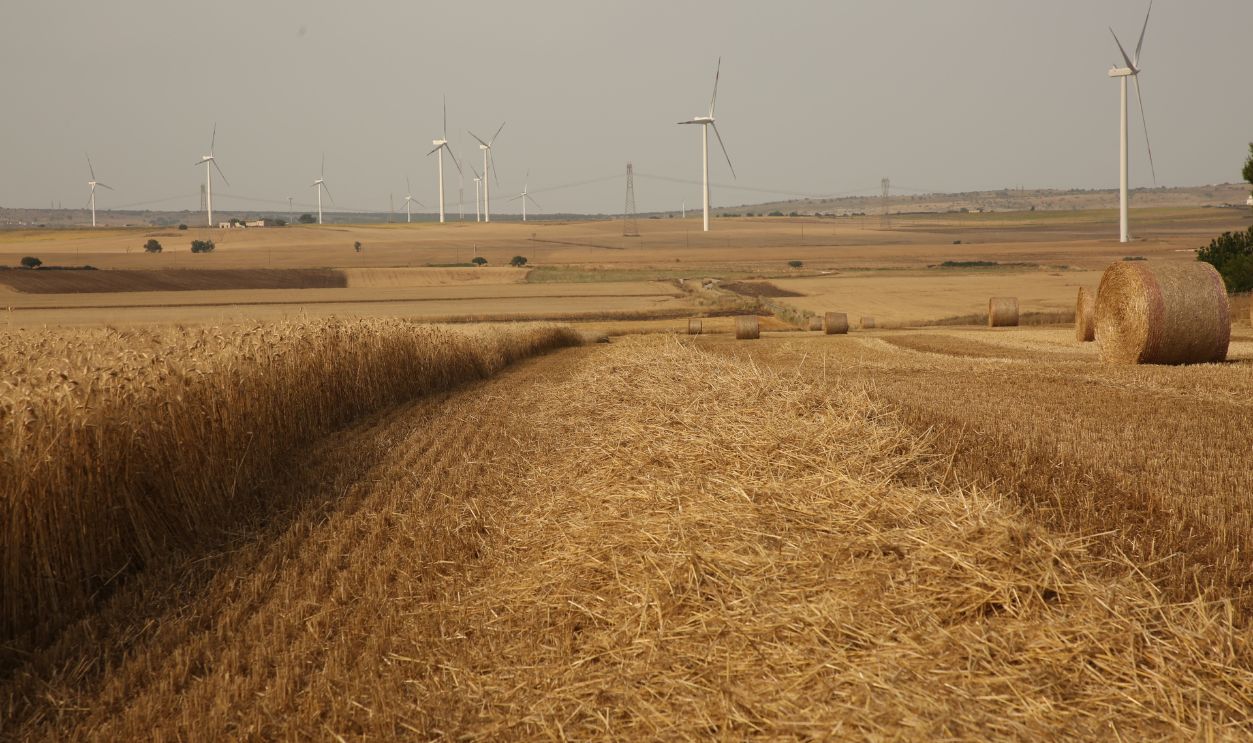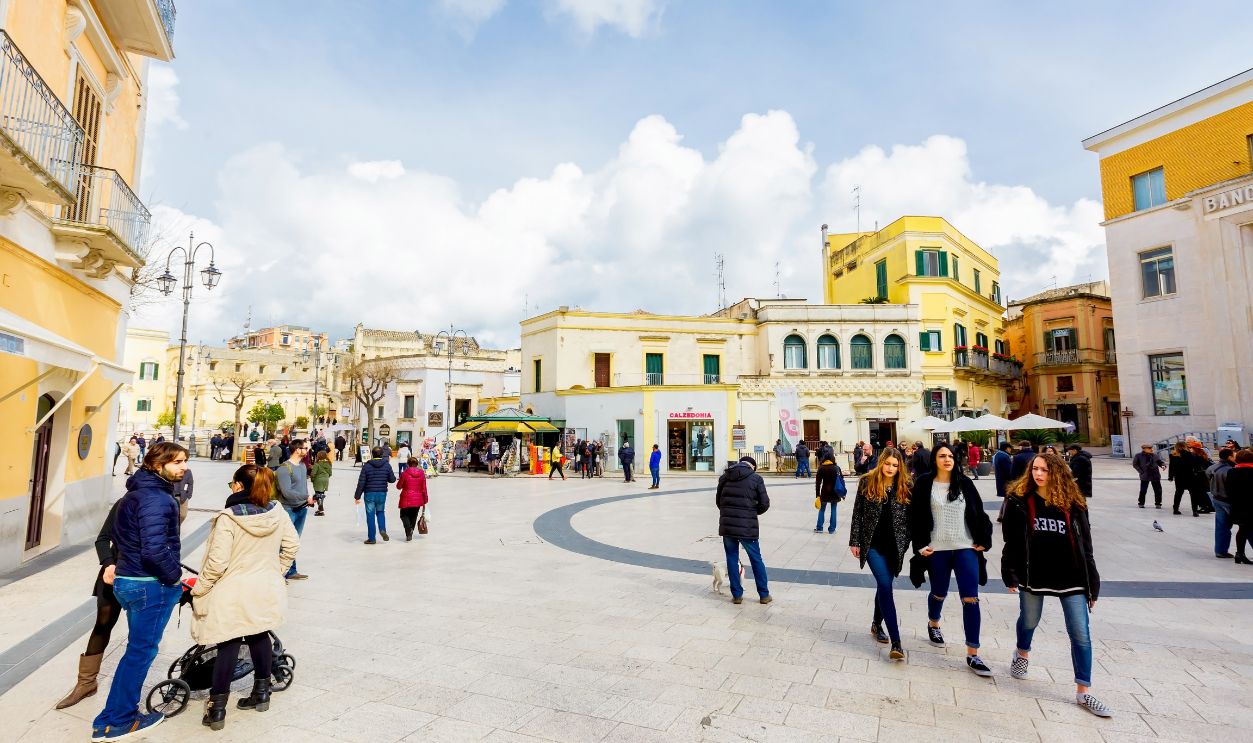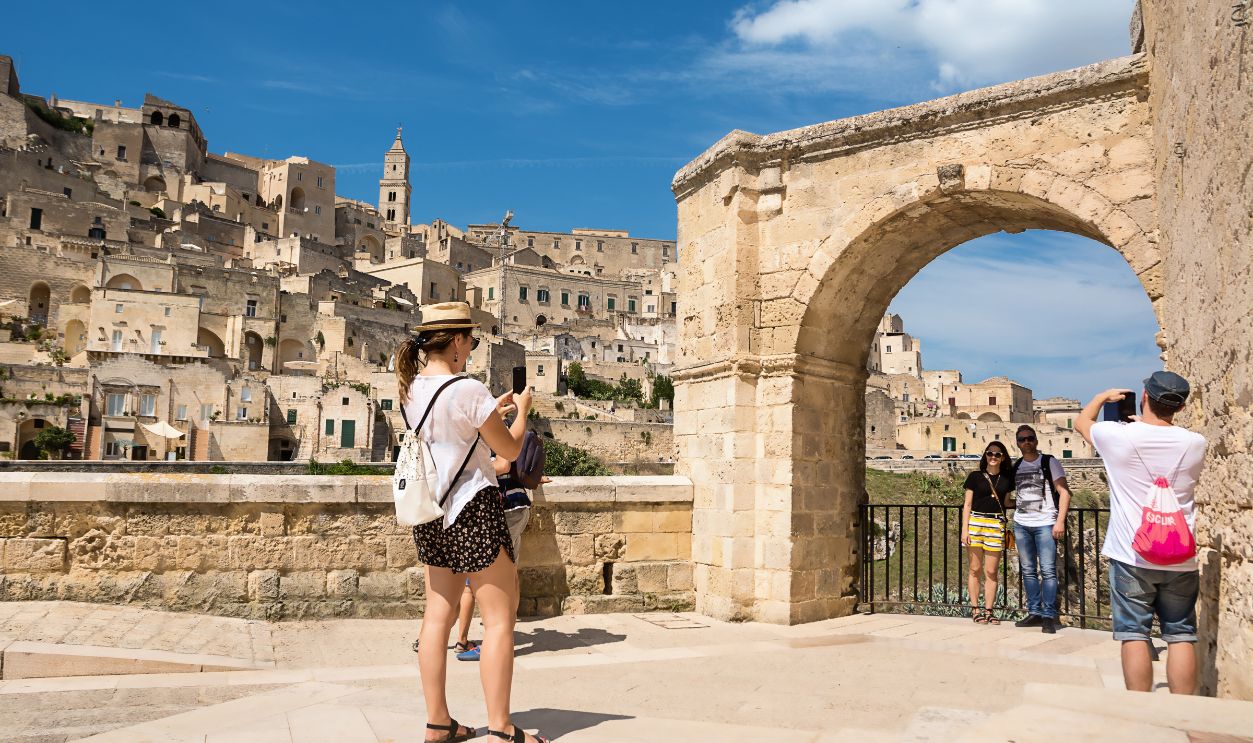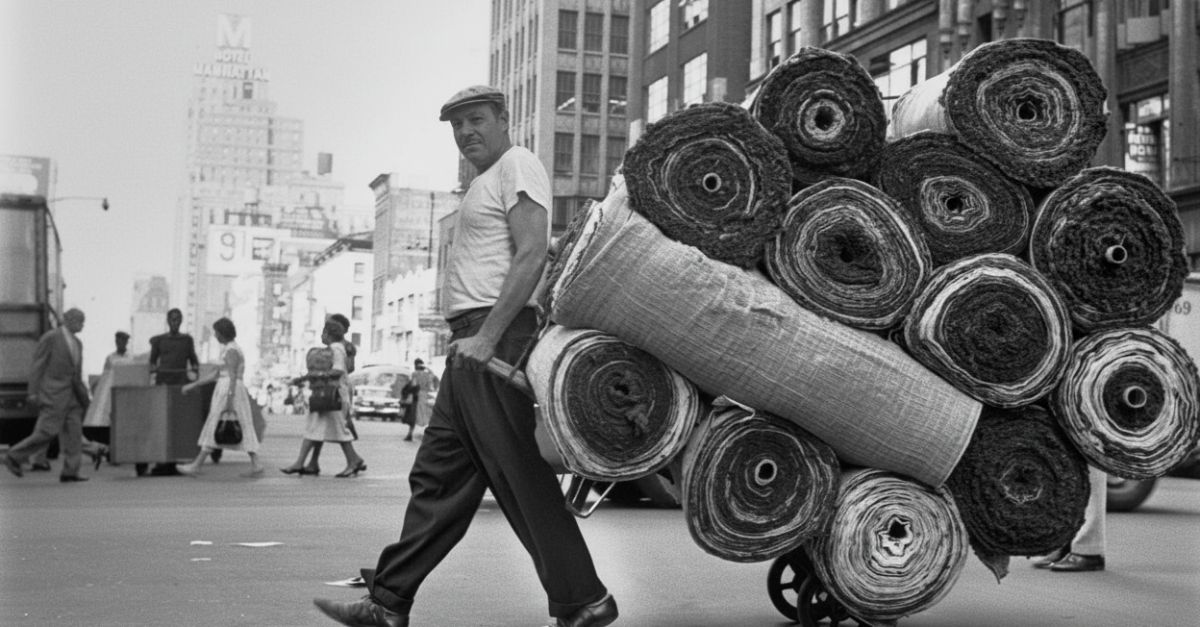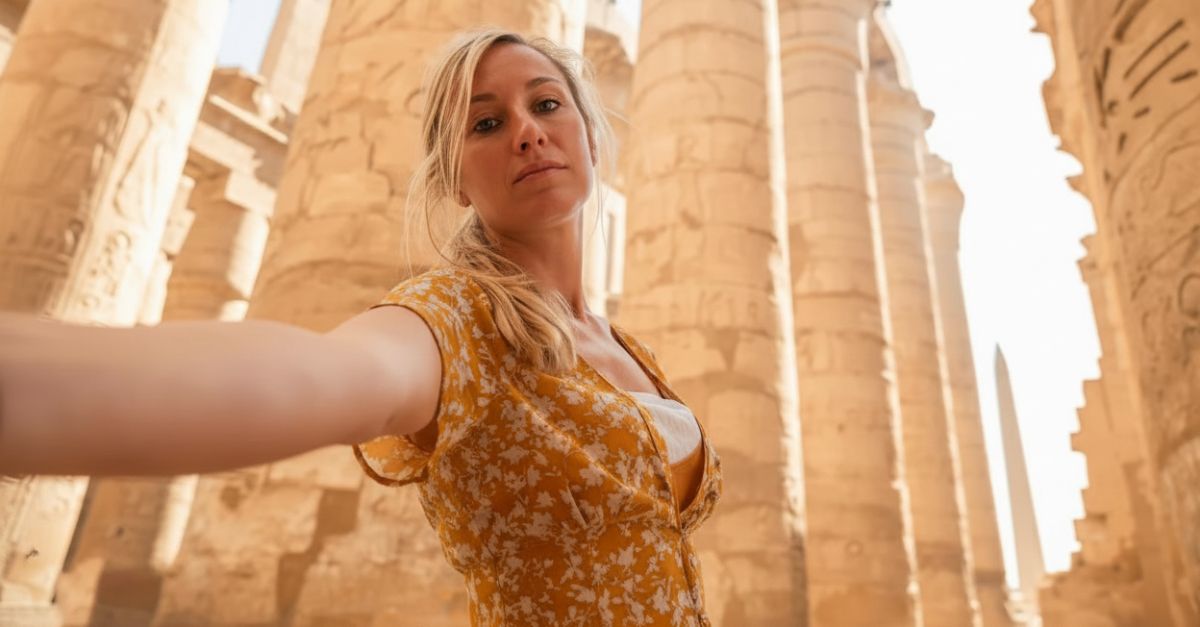Stories Of Stone
In a world all about flashy skyscrapers, one city chose to hold on to its limestone caves and ended up snagging Europe's 2019 Top Cultural Award. This is what Matera has to offer.
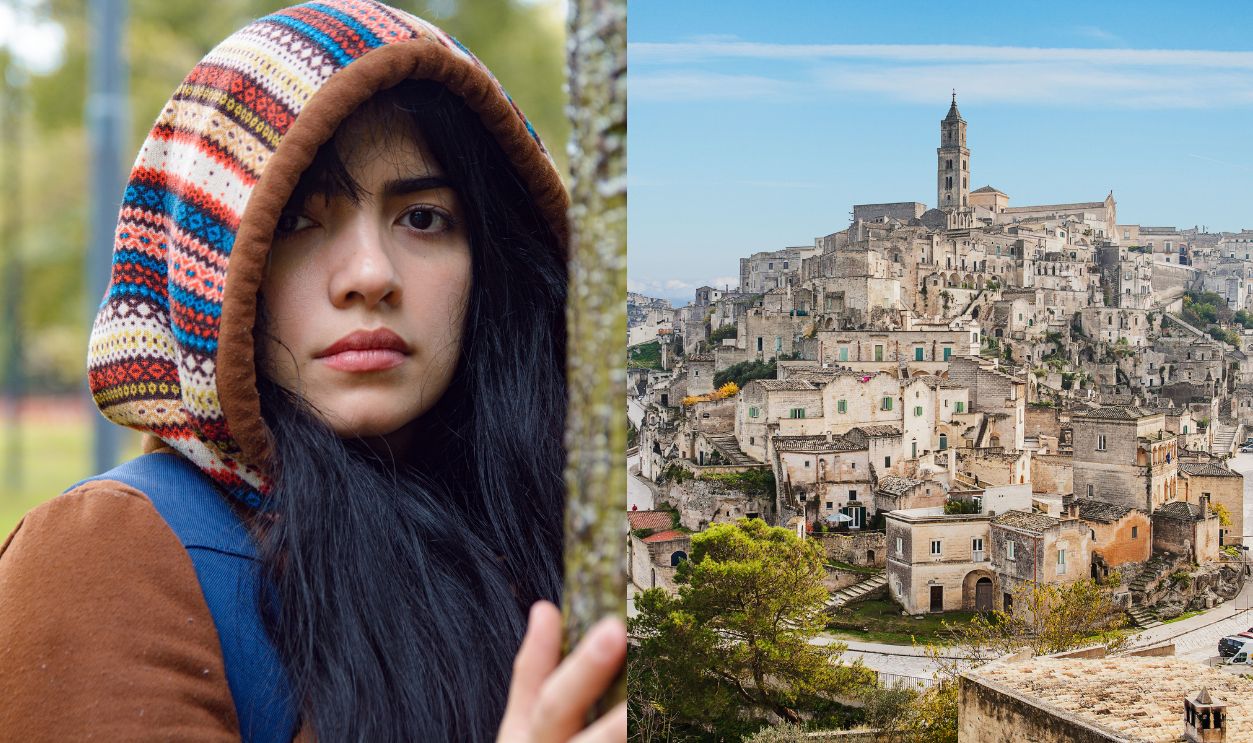
Prehistoric Beginnings
Matera's story dates all the way back to the Paleolithic era, which means it's one of the oldest places still lived in today. Archaeologists have found that early humans picked this spot because of its natural limestone caves and the nearby Gravina River for water.
Rock Shelters
The early settlers took simple rock shelters and turned them into ready-to-live homes. This activity allowed them to create advanced tools (from stone and metal) and farming methods along the way. All in all, it was the start of what would eventually be Italy's oldest city.
Roman Foundation Era
In 251 BC, Roman consul Quintus Caecilius Metellus set up Matheola (modern-day Matera), which was located on the ancient Appian Way. These Romans brought in some impressive engineering skills, building aqueducts and drainage systems to support the increasing number of people living there.
Water Management System
Alongside, they worked on the first water management setup, which included a sophisticated water filtration system that was built using graduated gravel beds. This was a big turning point for Matera, as they moved from a prehistoric spot to a proper Roman city.
Ancient Power Shifts
Between 867 and 994 AD, Matera was a hotspot for power struggles among different rulers. The Byzantines, Lombards, and Arabs—all of them wanted control of this city. In 867, Louis II's troops even burned the well-fortified area!
Fortification Of The City
In 994, the city went through a tough four-month siege by Arab forces, eventually leading to its capture. These battles influenced how Matera was built defensively and prompted locals to create cleverly hidden paths and other ways to fortify the area.
Byzantine Influence
In the 8th and 9th centuries, Byzantine monks found a safe haven in the caves of Matera while escaping religious persecution back in the East. They turned the natural grottoes into beautiful rock churches and decorated them with frescoes depicting biblical scenes and religious items like crucifixes.
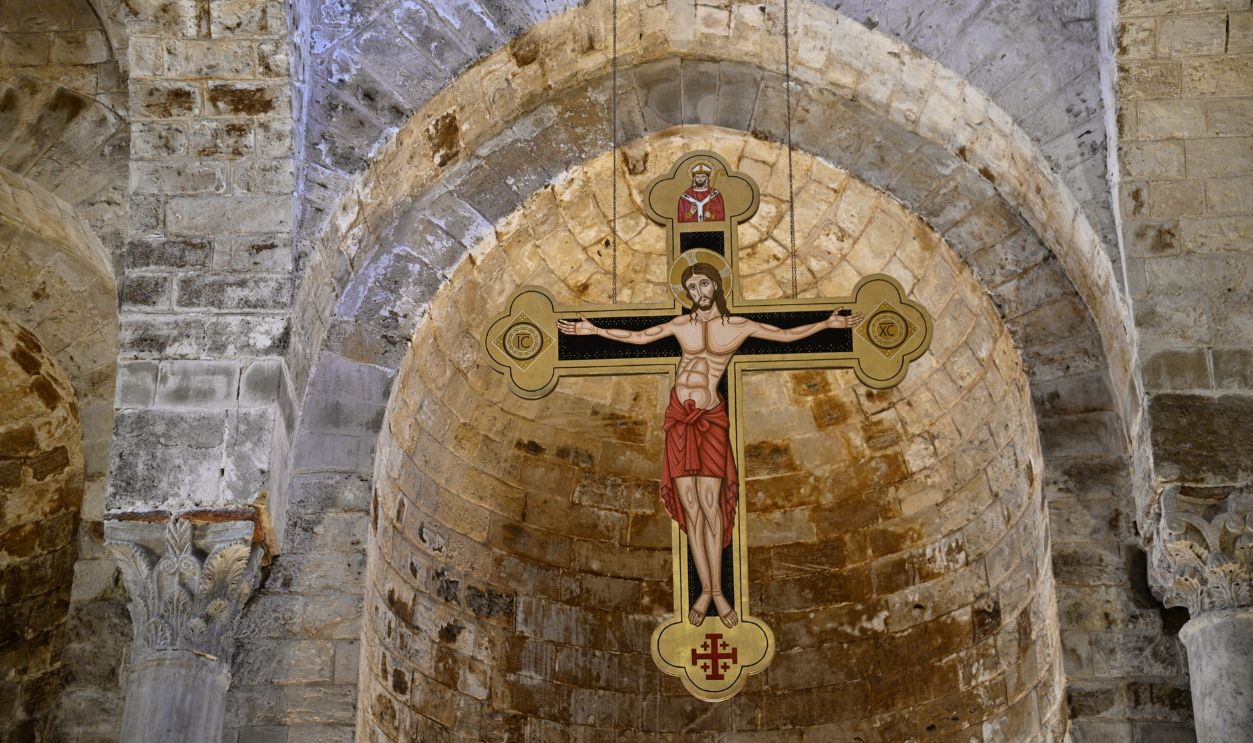
Elements Of The Rock Churches
These monks set up more than 150 rock churches, setting up a spiritual scene that combined Eastern and Western Christian traditions. These churches had distinctive elements like Greek cross layouts, domed ceilings, etc. Their impact shaped what Matera is all about culturally.
Architectural Marvel Of Sassi
The Sassi districts really show how people have managed to live in tough areas with two main neighborhoods: Sasso Caveoso and Sasso Barisano. These old areas have a different style, with buildings piled on top of each other. It gives off a honeycomb kind of structure.
Natural Caves
This created a self-sustaining urban community that thrived for centuries. The natural caves were dug deep into limestone cliffs, and the facades that were built gave extra support. Also, the smart design used every bit of space while keeping people safe from harsh weather.
Building The Upper City
It was between the 13th and 15th centuries that Matera went through major social and architectural changes. Wealthy families built gorgeous palaces on the hills above the Sassi, setting up an upper city. During this time, a lot of Romanesque and Gothic churches were also constructed.
Medieval Transformation
Apparently, the existing cave churches got some architectural upgrades, while they also built new walls and watchtowers to make the city safer. This evolution ultimately created Matera's well-known dual character, that is, palatial buildings above and ancient cave dwellings below.
Advanced Water Engineering
Matera's early residents constructed an impressive water system that was way ahead of its time during the Neolithic period. For instance, they dug out more than 1,500 underground cisterns and intricately linked them together with a complex web of channels and filters.
The Water Cathedral
The huge Palombaro Lungo (1832) cistern could hold up to five million liters of water, with lots of different chambers and filtration setups. This architectural piece has been referred to as a "water cathedral" due to its grand scale, being 16 meters deep and 50 meters long.
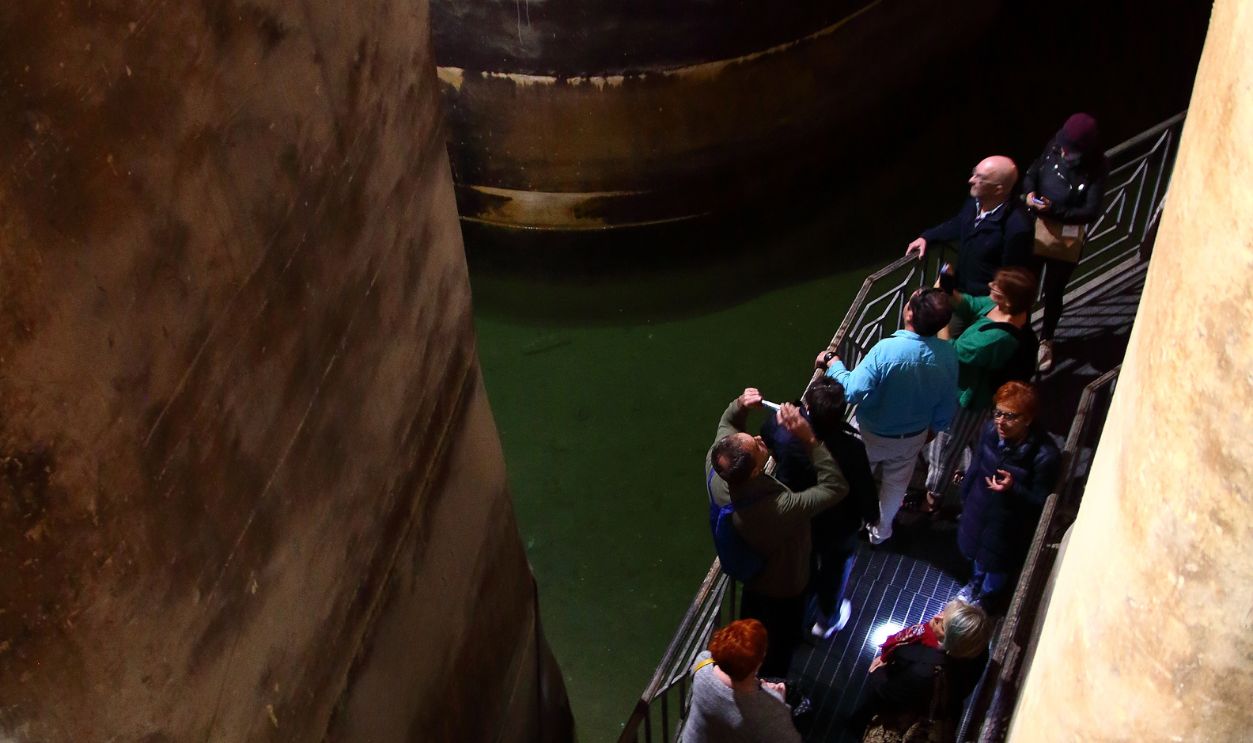
The Crisis Period (1800s–1950s)
Living conditions in the Sassi got considerably tough in the 19th and early 20th centuries and here's why. Families of up to twelve people were crammed into tiny cave homes, and they even had their animals living with them. There wasn't much ventilation, plus sanitation was lacking.
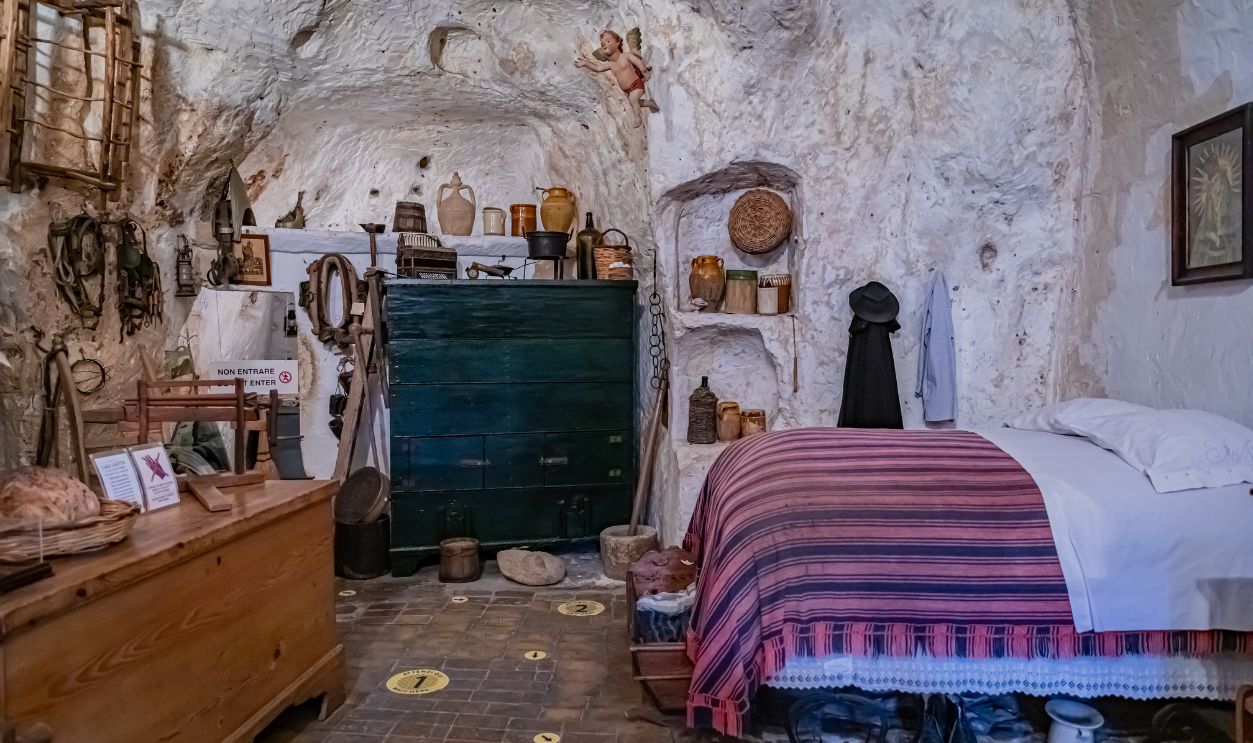 Marcin Kadziolka, Shutterstock
Marcin Kadziolka, Shutterstock
Diseases Spiked
Finding clean water was a struggle, and a lot of people ended up sick with diseases like malaria and cholera. Child mortality rates also hit 50%. Then came Carlo Levi's book Christ Stopped at Eboli, published in 1945, which brought attention to these harsh realities.
Government Intervention
In 1952, Prime Minister Alcide De Gasperi implemented Law 619 and set aside 5 billion lire to help relocate people from the Sassi. The government built seven new neighborhoods: Serra Venerdì, La Nera, Spine Bianche, Villa Longo, Piccianello, Agna, and Lanera.
 Presidenza Del Consiglio Dei Ministri, Wikimedia Commons
Presidenza Del Consiglio Dei Ministri, Wikimedia Commons
Urban Living
The different areas had apartment buildings that provided running water, electricity, and proper sewage systems. Between 1953 and 1960, around 15,000 people moved from their cave homes to modern apartments, which was another big step for urban renewal in Italy.
Psychological Impact Of Relocation
The forced move from Sassi hit the community in Matera hard. Families who had called those caves home for generations found it difficult to adjust to life in modern apartments. Some older folks held out and kept living their traditional way until the 1980s.
Cultural Renaissance (1993–2019)
What's lovely is that in 1993 this city became a part of the UNESCO World Heritage List. As quoted on Trimtab, it was an "Outstanding example … for future generations on how to use natural resources such as the sun, the rock and the water".
Infrastructural Improvements
Also, the European Investment Bank provided funding to improve the infrastructure. Cultural institutions from all over teamed up with Matera to set up museums, research centers, and creative spaces. This revival led to Matera being named the European Capital of Culture.
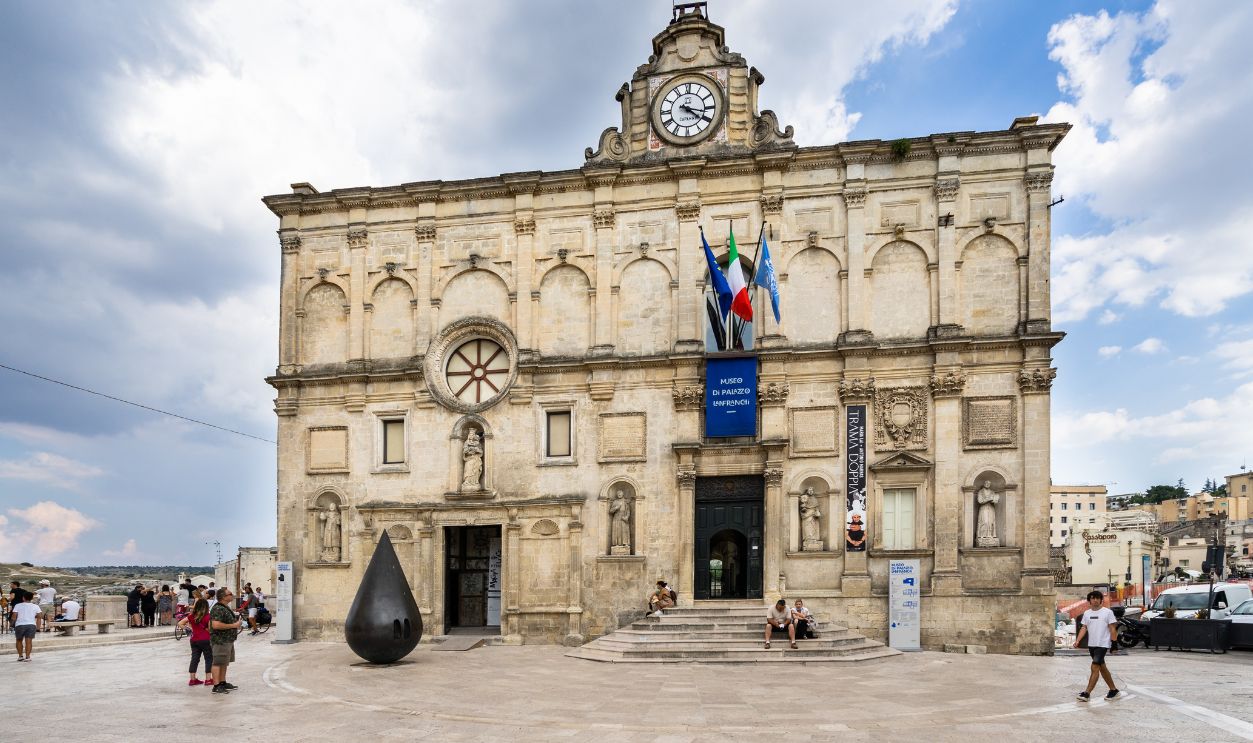 Jan Willem van Hofwegen, Shutterstock
Jan Willem van Hofwegen, Shutterstock
Religious Architecture Network
Matera's rock churches create a sacred scenario with over 150 cave churches scattered throughout Sassi. For instance, The San Pietro Barisano church has three naves that are completely carved from rock, and it even has a clever drainage system to keep water damage at bay.
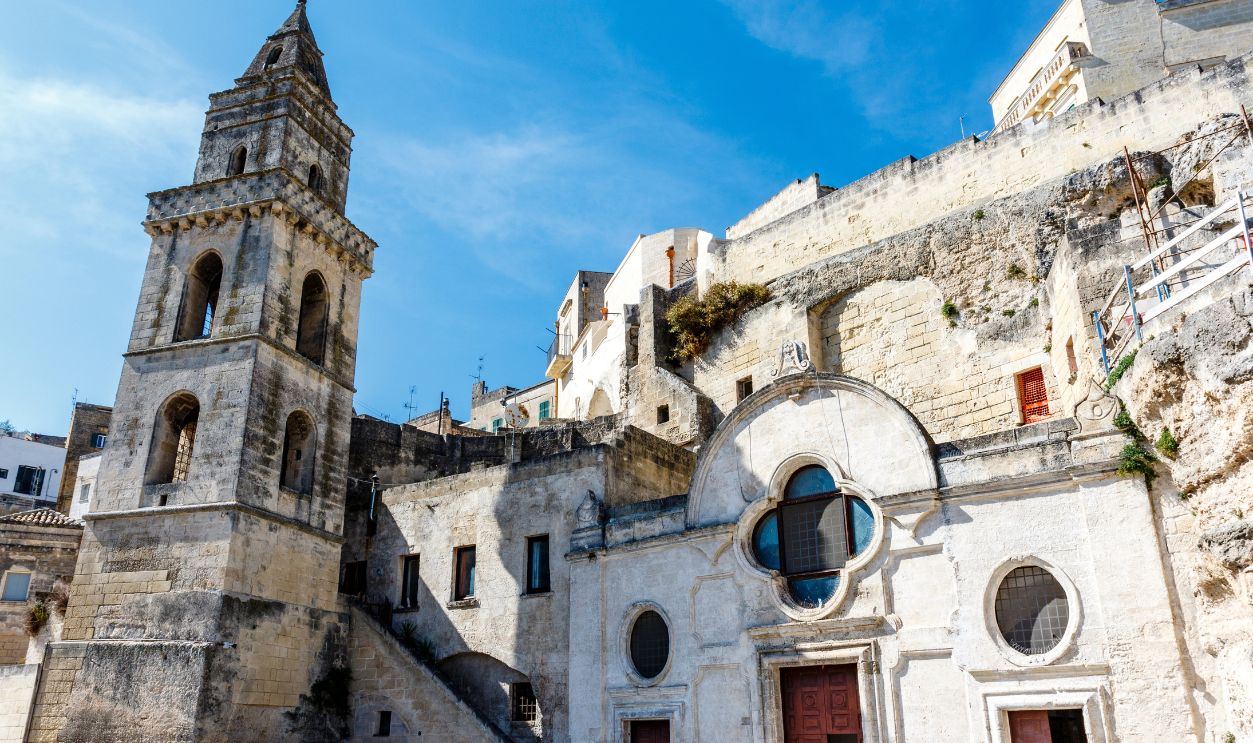 Paradise at risk, Shutterstock
Paradise at risk, Shutterstock
14th-Century Frescoes
Santa Maria de Idris has 14th-century frescoes that mix Byzantine and Latin styles. Meanwhile, the Convicinio di Sant'Antonio displays four rock churches that show off the fine engineering skills from the medieval period. The Madonna delle Virtù church also spans multiple levels.
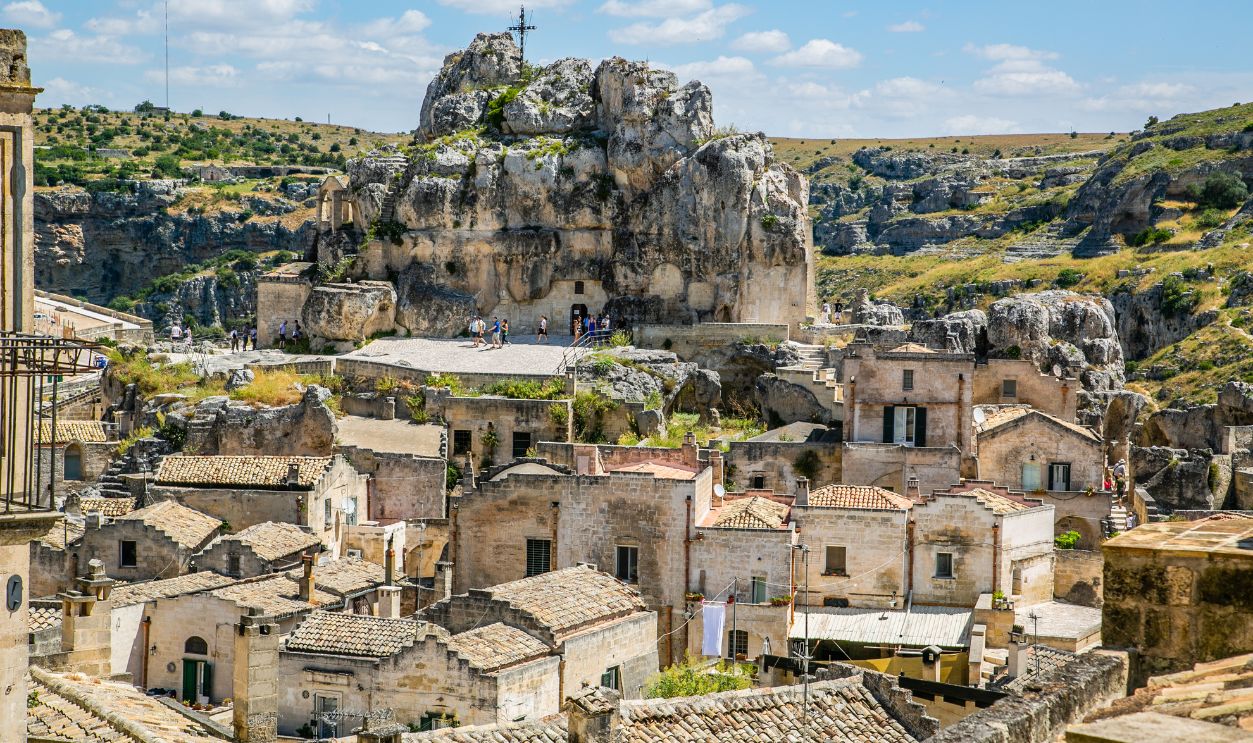 Paradise at risk, Shutterstock
Paradise at risk, Shutterstock
The Vicinati Social Structure
The "vicinati" were the heart of community life in Sassi. They were essentially tight-knit neighborhood groups that revolved around shared courtyards. Each vicinato was like a mini village, with around 8 to 10 families using common spaces and facilities together.
Forming Enduring Relationships
The central courtyard had a shared oven for baking bread, along with water storage and washing spots. Women would come together to cook meals, weave fabrics, and preserve food. This setup not only built strong friendships but also helped the community grow by sharing resources.
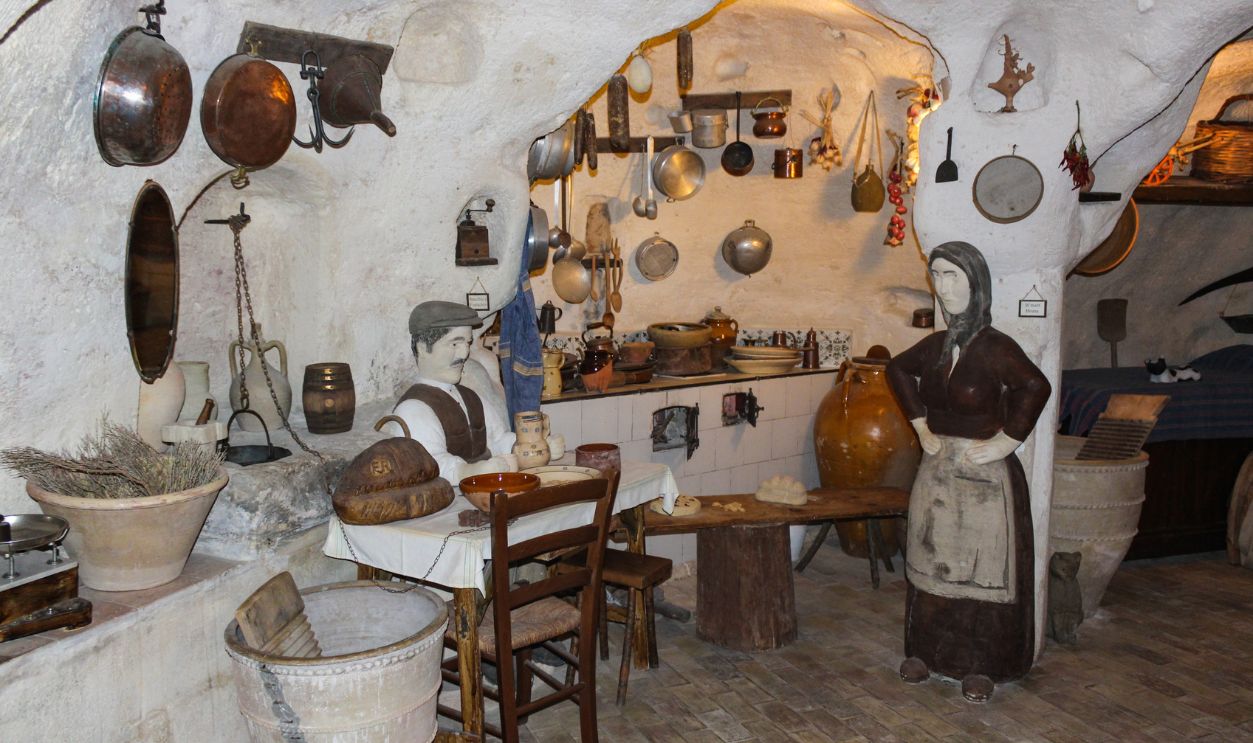 Francesca Cerretani, Shutterstock
Francesca Cerretani, Shutterstock
Traditional Food Preservation
Inhabitants of Matera came up with a couple of clever ways to preserve food that fit their cave-dwelling lifestyle. They literally built limestone chambers called "conserve" that had controlled ventilation and were perfect for aging cheeses and curing meats.
 victor cuenca lopez, Shutterstock
victor cuenca lopez, Shutterstock
One And Only Matera Bread
The famous Matera bread, made from ancient grain varieties, stayed fresh for weeks due to certain sourdough cultures and specific baking techniques. Also, Crisco's storage areas, built right into the rock, kept veggies fresh with just the right humidity.
Ancient Craftsmanship
One can say that the city's craftsmen truly mastered working with the distinct tufa limestone found in Matera. They created special chiseling tools and carving techniques that allowed them to dig out homes and add stunning decorative touches with precision.
Gravel Used For Filtering Water
These clever craftsmen built elaborate water filtration systems with layers of stone and gravel. Stone masons also shared their tricks for finding solid rock formations and keeping caves from collapsing. This was done by using smart weight distribution and support structures.
Traditional Commerce Systems
The Sassi marketplace ran through a nice maze of cave shops and storage areas. Merchants dug out special storage spaces with different temperatures for various products. Some of these were perfect for keeping perishables fresh, while others were great for storing grains.
Underground Transportation
There were underground tunnels that linked up trading spots, making it easier to move goods around when the weather got bad. Special caverns were also present that worked as workshops for things like leather tanning, pottery, and textile production. Each had its own ventilation system.
Defense Architecture
The early inhabitants dug out hidden escape tunnels, lookout spots, and secret storage rooms to stash food and valuables. This was a part of their defense structures. The stone bridges could be moved to link different parts of the Sassi and easily taken down when there was danger.
Watchtowers Alerted About Incoming Threats
Besides this, there were watchtowers designed with special channels that amplified sounds from a distance. This helped to spot threats early on. Plus, they had clever water storage systems in place to make sure people could survive during sieges.
Natural Heritage Preservation
The Murgia National Park, set up in 1990, underlines Matera's natural beauty and its religious history in a ravishing manner. The park includes the Gravina di Matera canyon and is home to those 150 ancient rock churches tucked away in its ravines and plateaus.
The Bat Cave (No, Not Dracula's)
This place is home to prehistoric spots, like the Grotta dei Pipistrelli (Bat Cave), which goes all the way back to the Paleolithic era. The lesser kestrel, a small type of falcon, is the park's mascot and really highlights the awesome variety of wildlife in this protected area.
Cultural Revival Movement
In the 1990s, Matera turned into a cultural hotspot by doing a great job of mixing preservation with new ideas. Local craftspeople brought back traditional skills like carving tufa stones and making pottery in the old-fashioned way. The city even set up workshops for people.
International Clout
Cultural centers popped up in revamped cave spaces, featuring exhibitions about making traditional bread, producing wine, and weaving textiles. International artists and researchers teamed up with local craftsmen, mixing old-school techniques with new creative ideas.
Festival Traditions
Matera's ancient festivals keep going strong thanks to the well-kept traditions. The Festa della Bruna is Matera's biggest celebration, and it has happened every July 2nd since 1389. Local artisans work for months to build a huge papier-mâché chariot using old-school techniques.
The Papier-Mâché Chariot
The chariot stands at an impressive 12 meters tall and is covered in detailed religious paintings done with natural dyes. As night falls, people gather to follow an old tradition where they joyfully tear apart the chariot. They try to snag bits and pieces they think will bring them good luck.
Traditional Bands And Songs
The festival has a set schedule. So, at sunrise, knights dressed in medieval outfits take part in the "Cavalcata dei Cavalieri," leading the Madonna through the crowd. Throughout the day, you can catch traditional bands playing "tarantelle materane" with instruments like the cupa cupa.
Agricultural Heritage Map
The Materan area has an interesting agricultural nature with all its different crops. You'll see golden wheat fields all around. To add to that, there are also special spots where they grow the famous Altamura IGP lentils in nine specific regions.
Top-Tier Food And Drink
The real standout in the area is the Majatica olive, an ancient variety that's exclusive to Ferrandina. It's great for making both oil and delicious cured table olives. Additionally, the region produces some fantastic wines, like the DOC-protected Matera reds and whites.
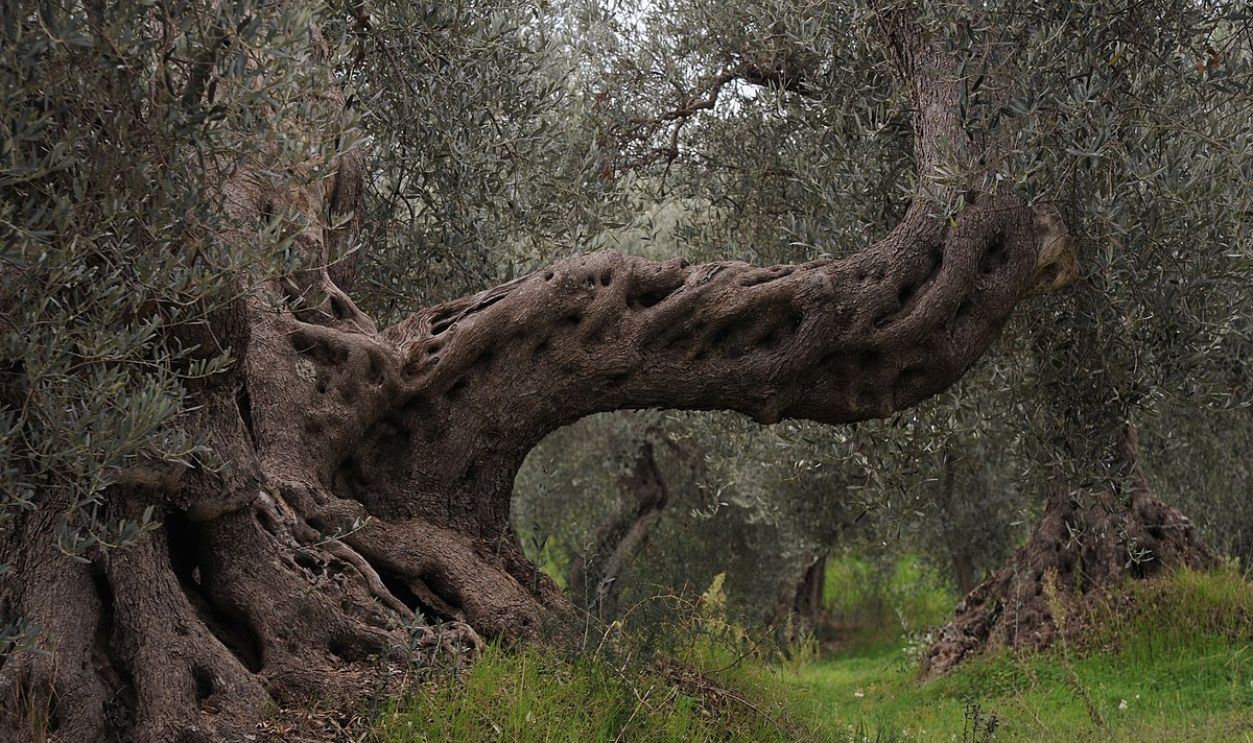 Rocco Scattino, CC BY-SA 4.0, Wikimedia Commons
Rocco Scattino, CC BY-SA 4.0, Wikimedia Commons
Artistic Renaissance
Matera has kept its ancient vibe but has also turned into a spot for contemporary art. The Cava del Sole, an old tufa quarry, now hosts all kinds of cultural events in an amazing setting. Artists are taking over abandoned caves, turning them into unique installation spaces.
Museums In The Area
Similarly, the MUSMA museum is set in a 16th-century cave palace and features modern sculptures mixed in with ancient rock formations. They also host international artists-in-residence, which adds fresh creativity while still honoring traditional crafts.
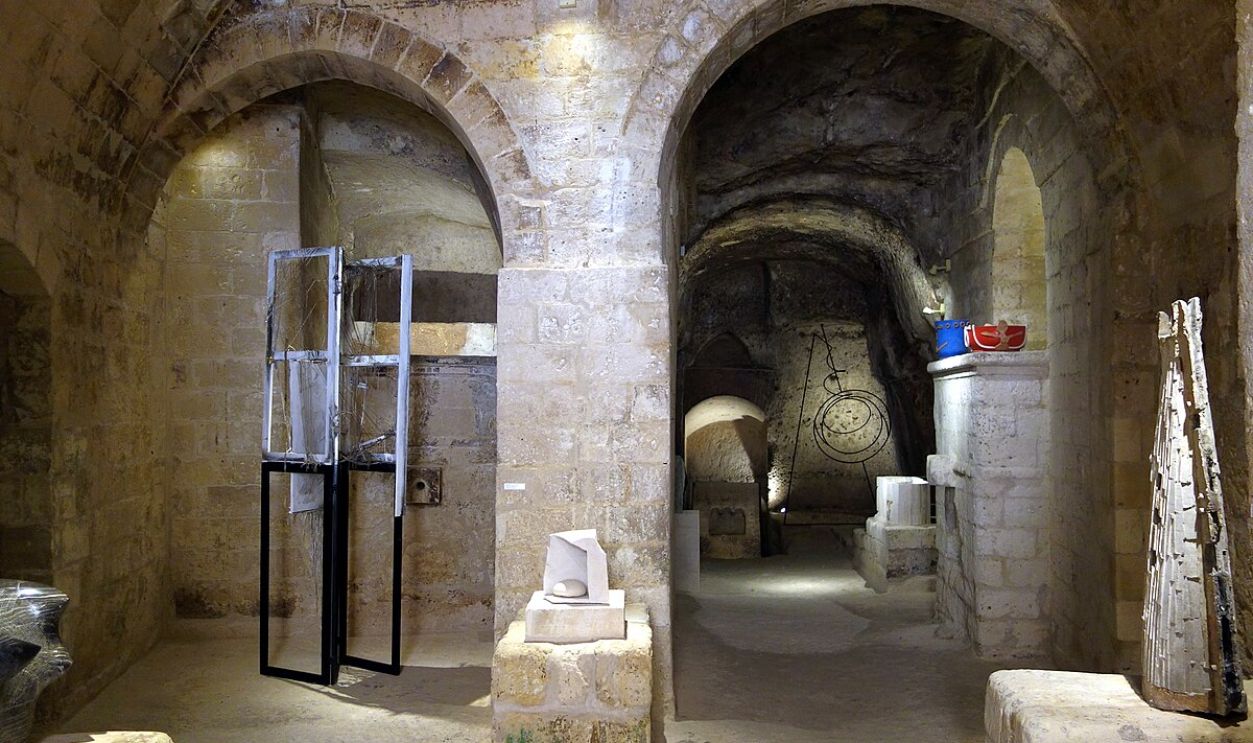 Velvet, CC BY-SA 4.0, Wikimedia Commons
Velvet, CC BY-SA 4.0, Wikimedia Commons
Sustainable Tourism Impact
The city has come up with a way to promote sustainable tourism by capping the number of visitors each day to help protect its ancient buildings. Local guides really know their stuff, going deep into the history and engineering of Sassi. Plus, traditional cave homes function like living museums.

